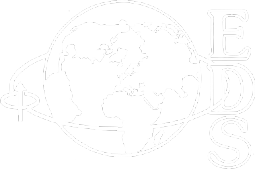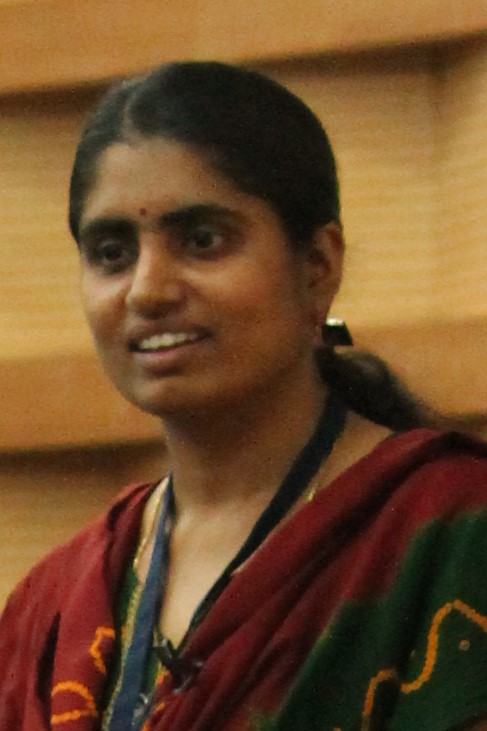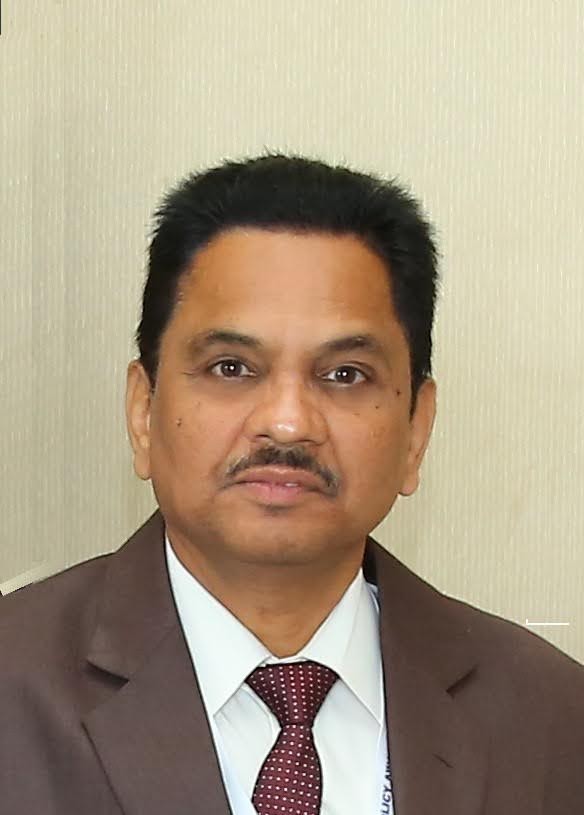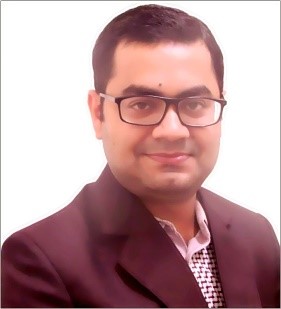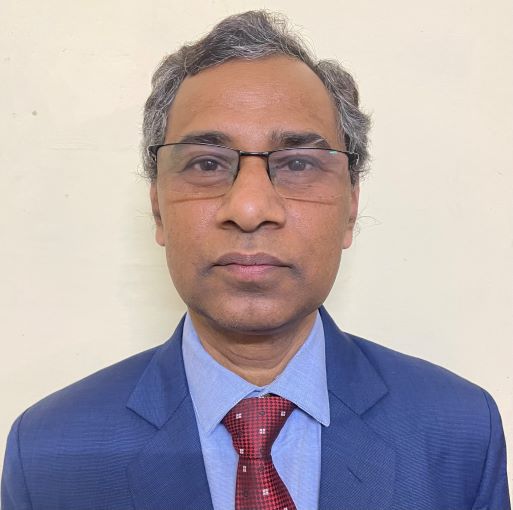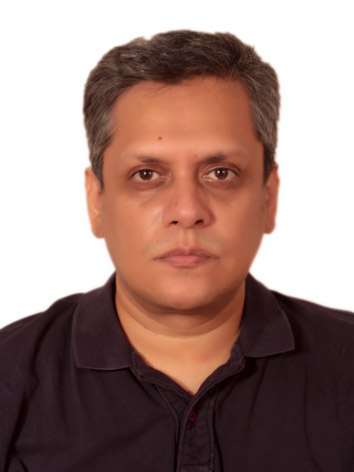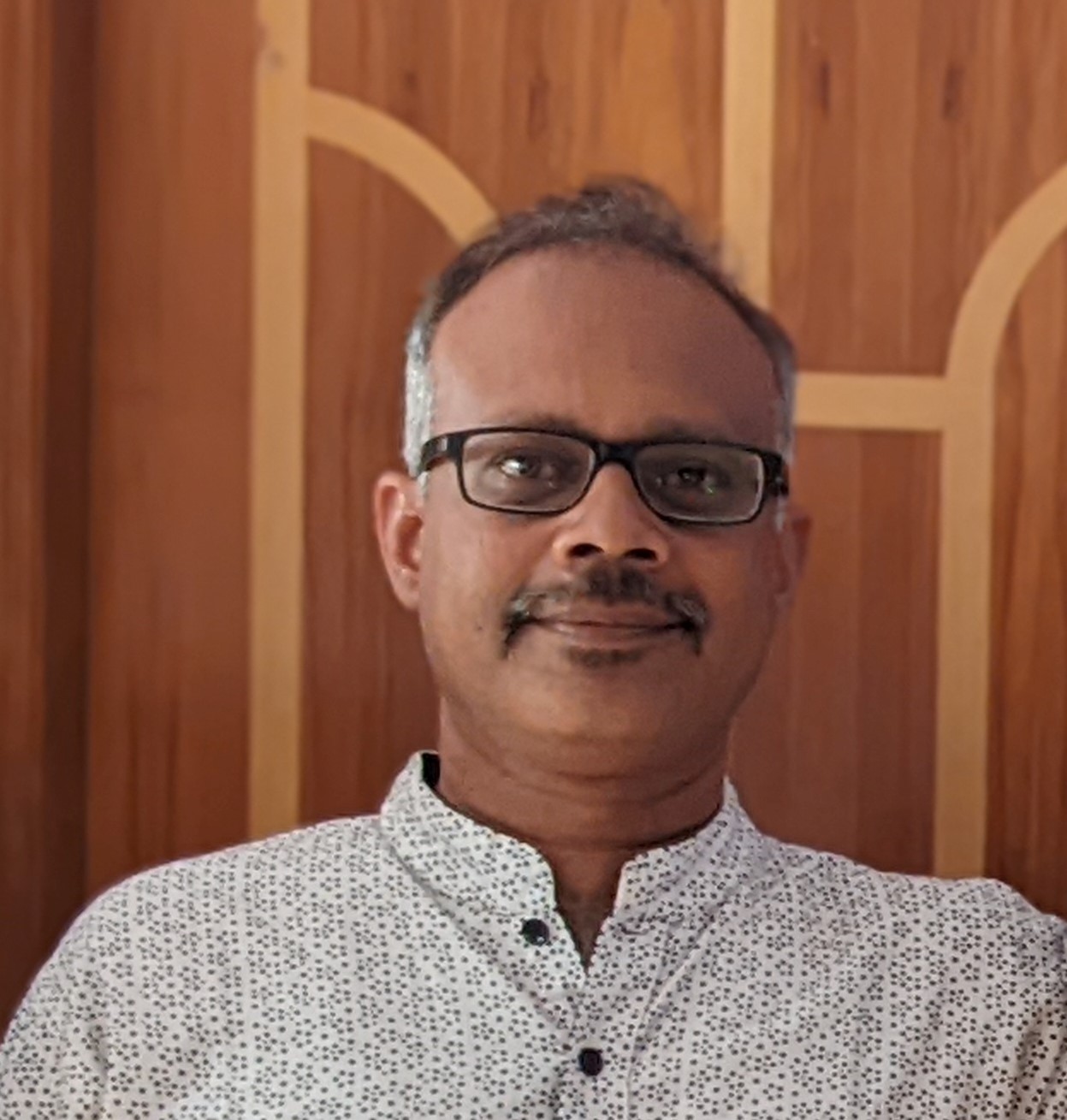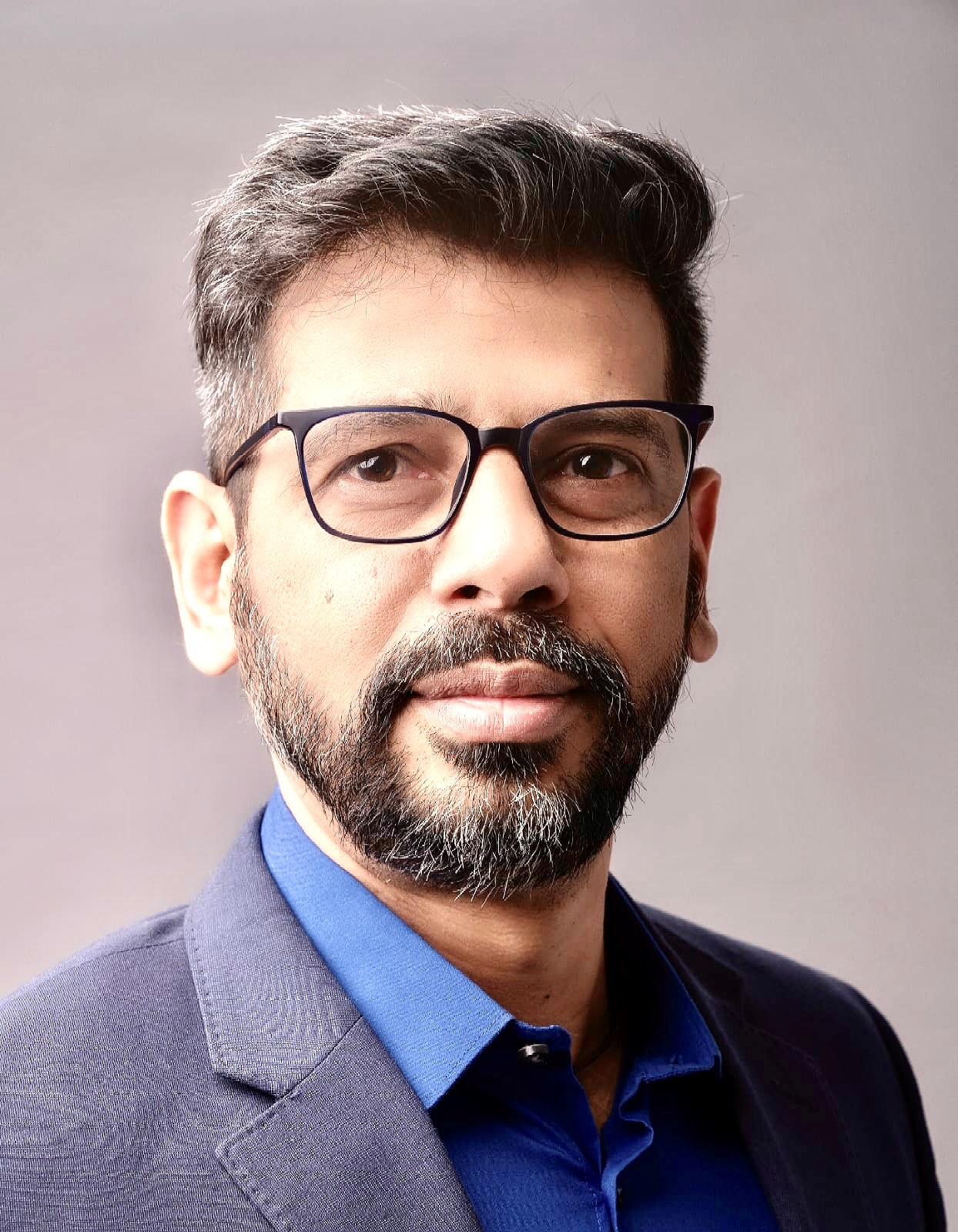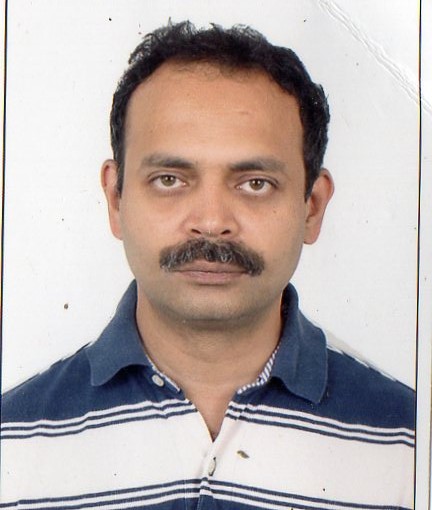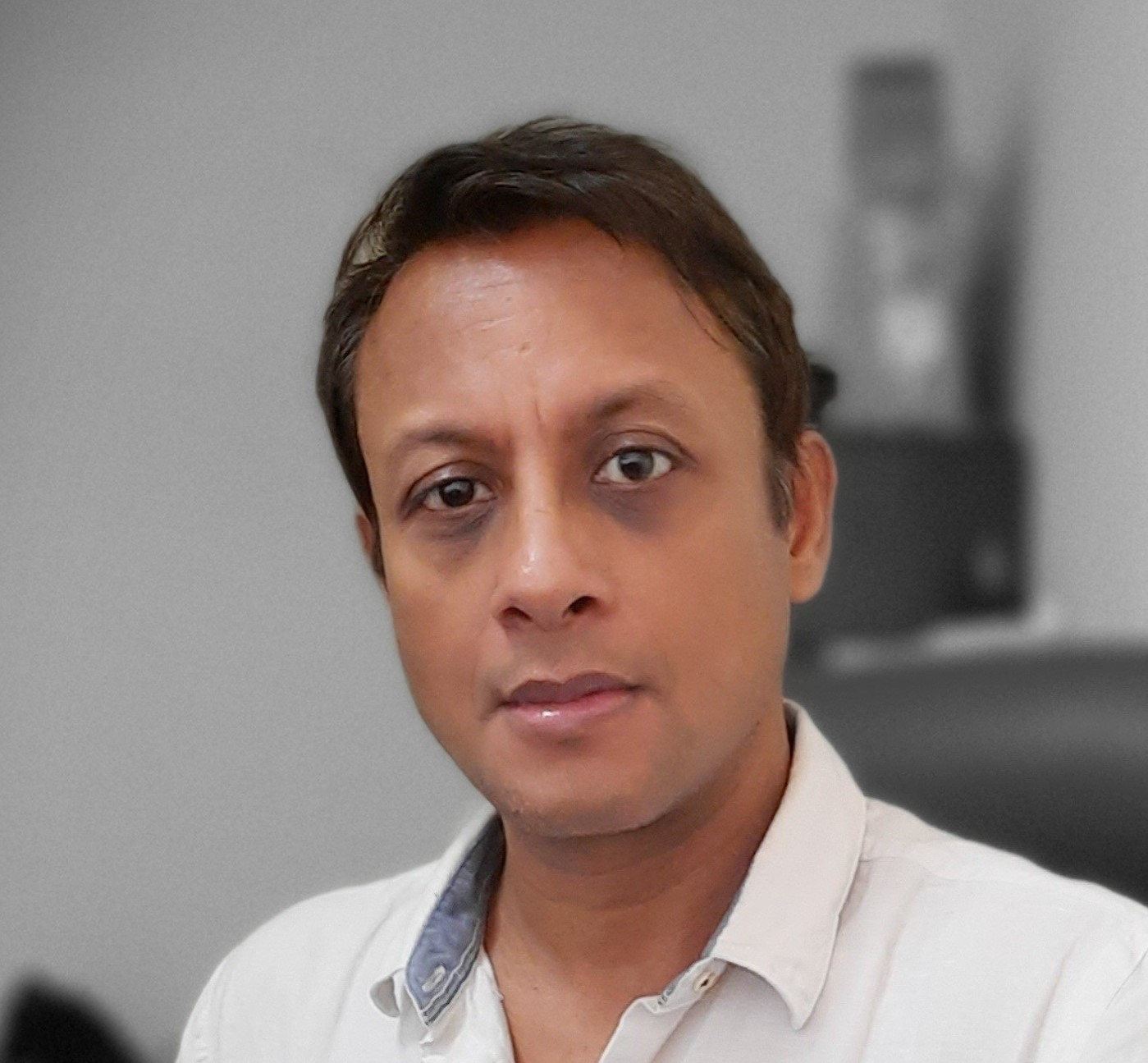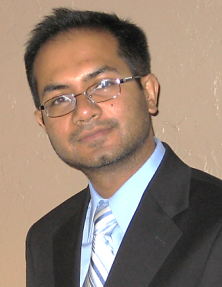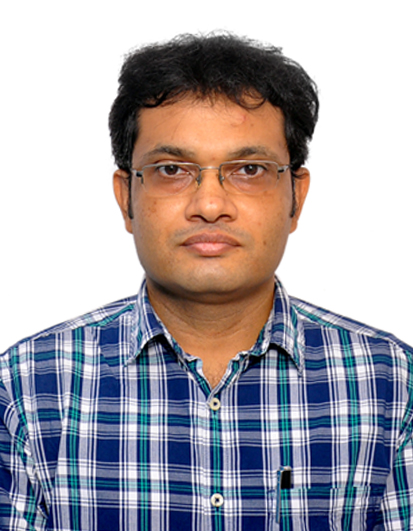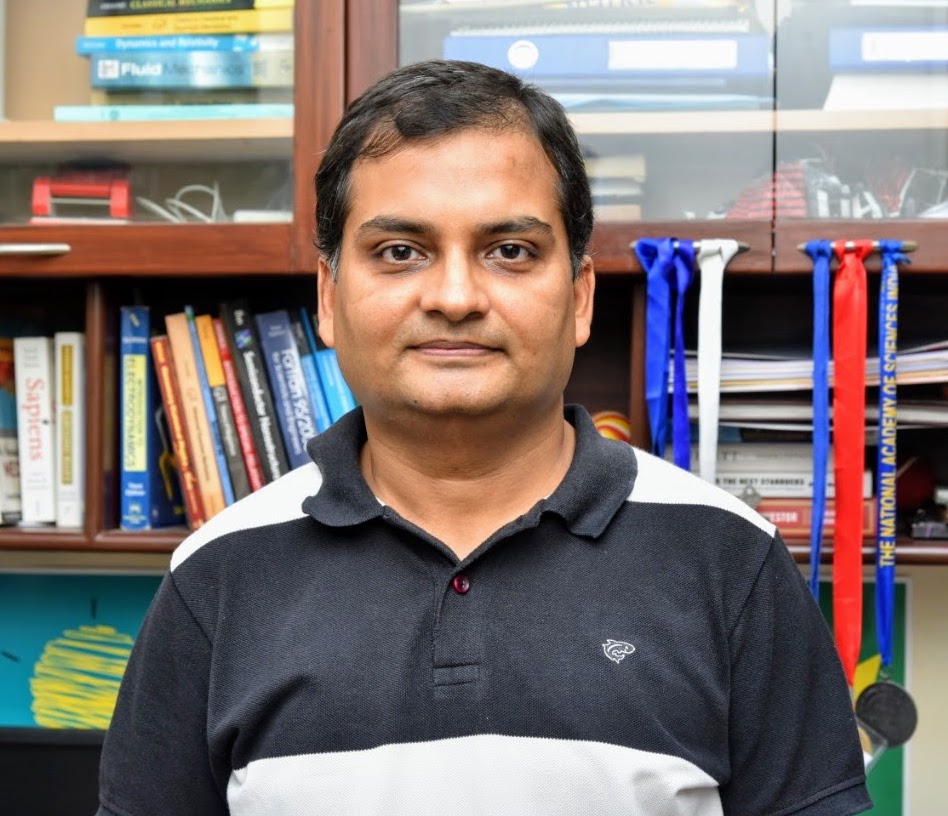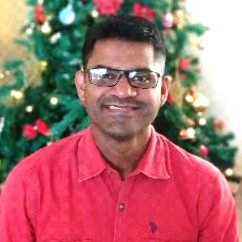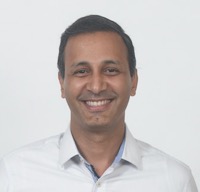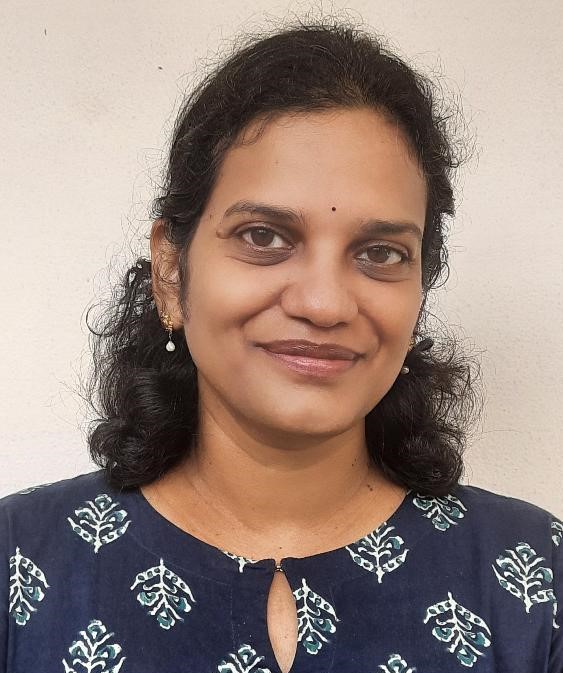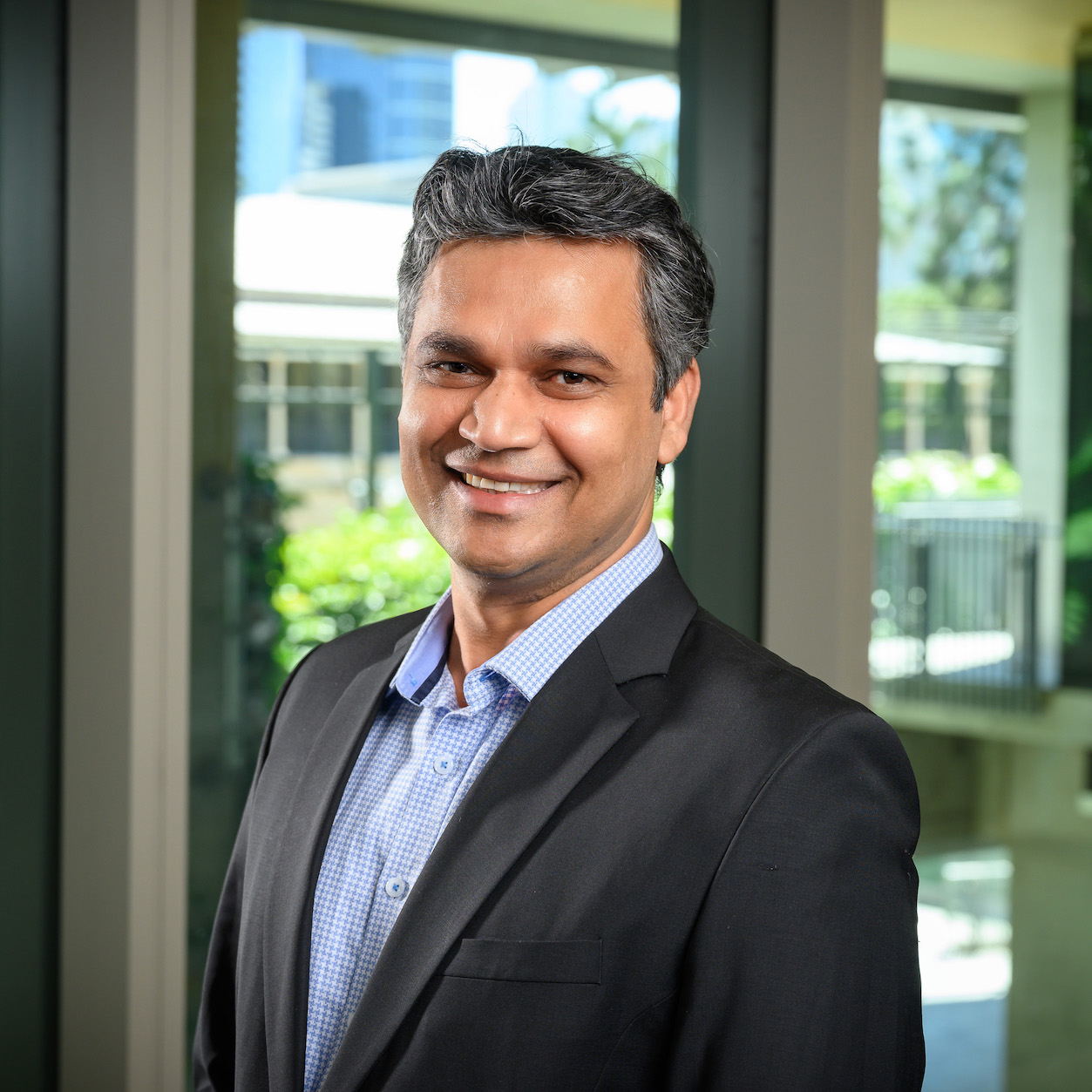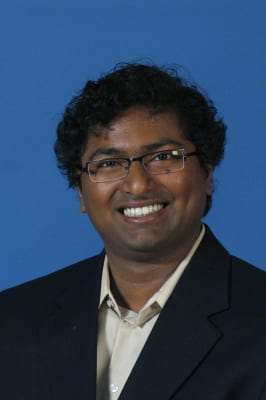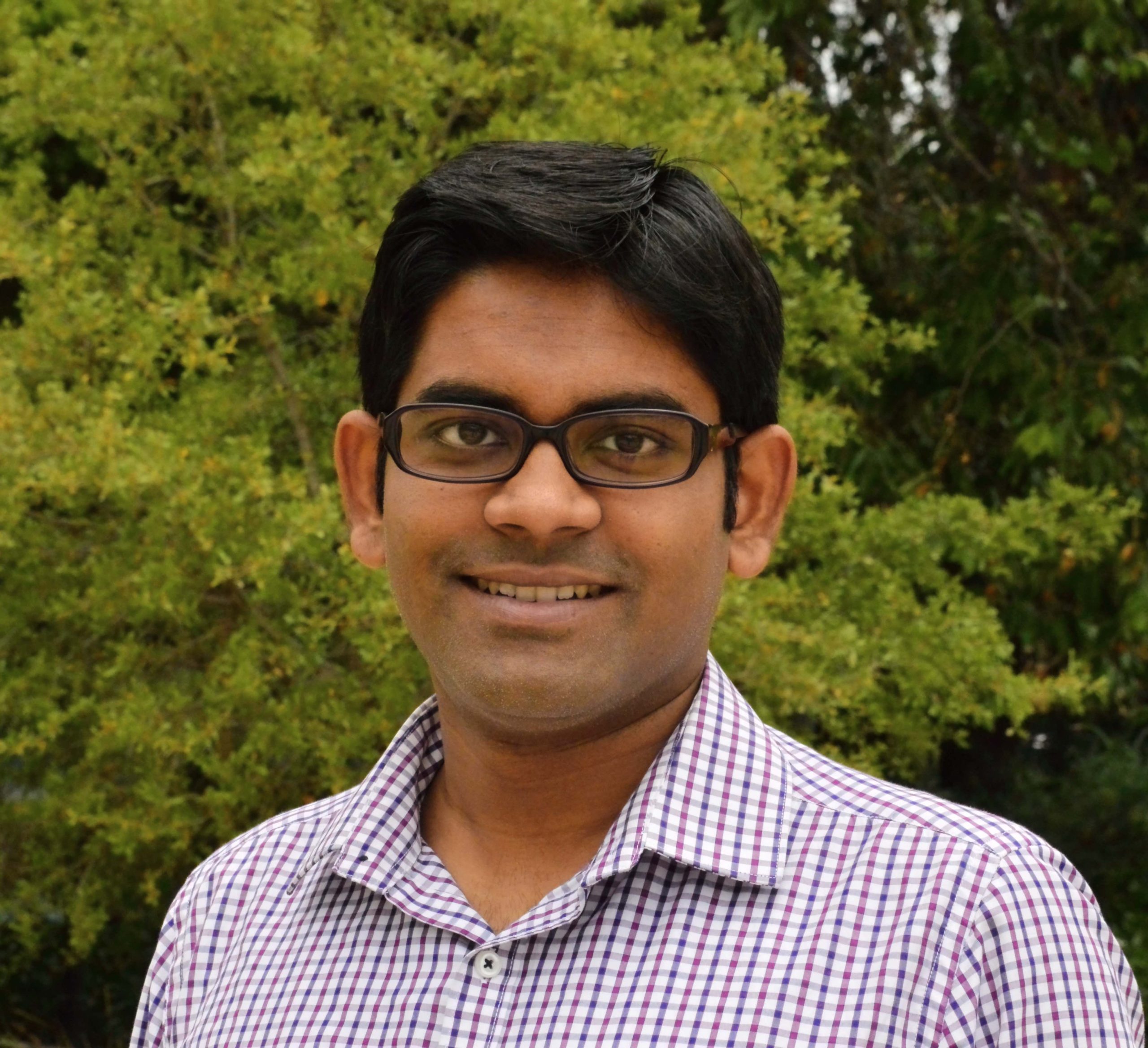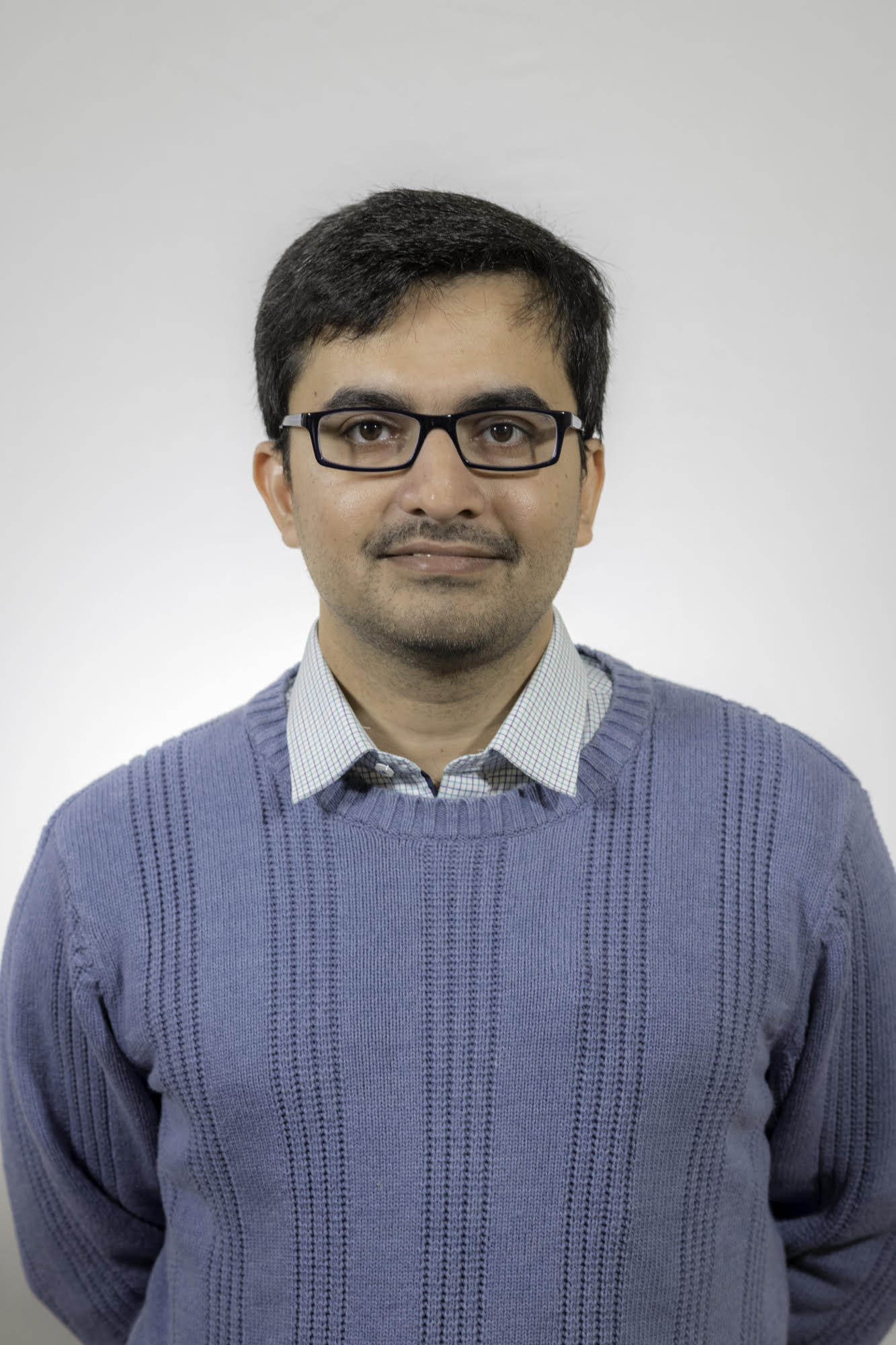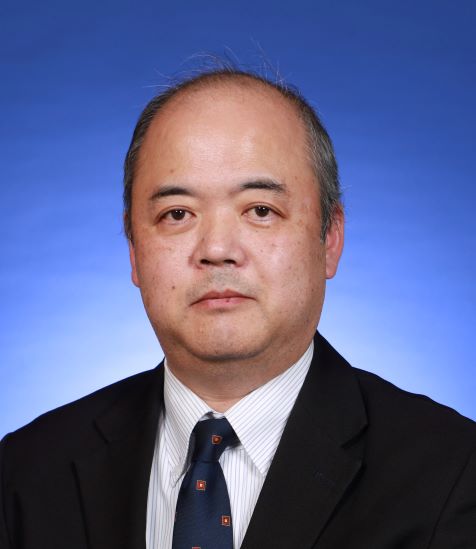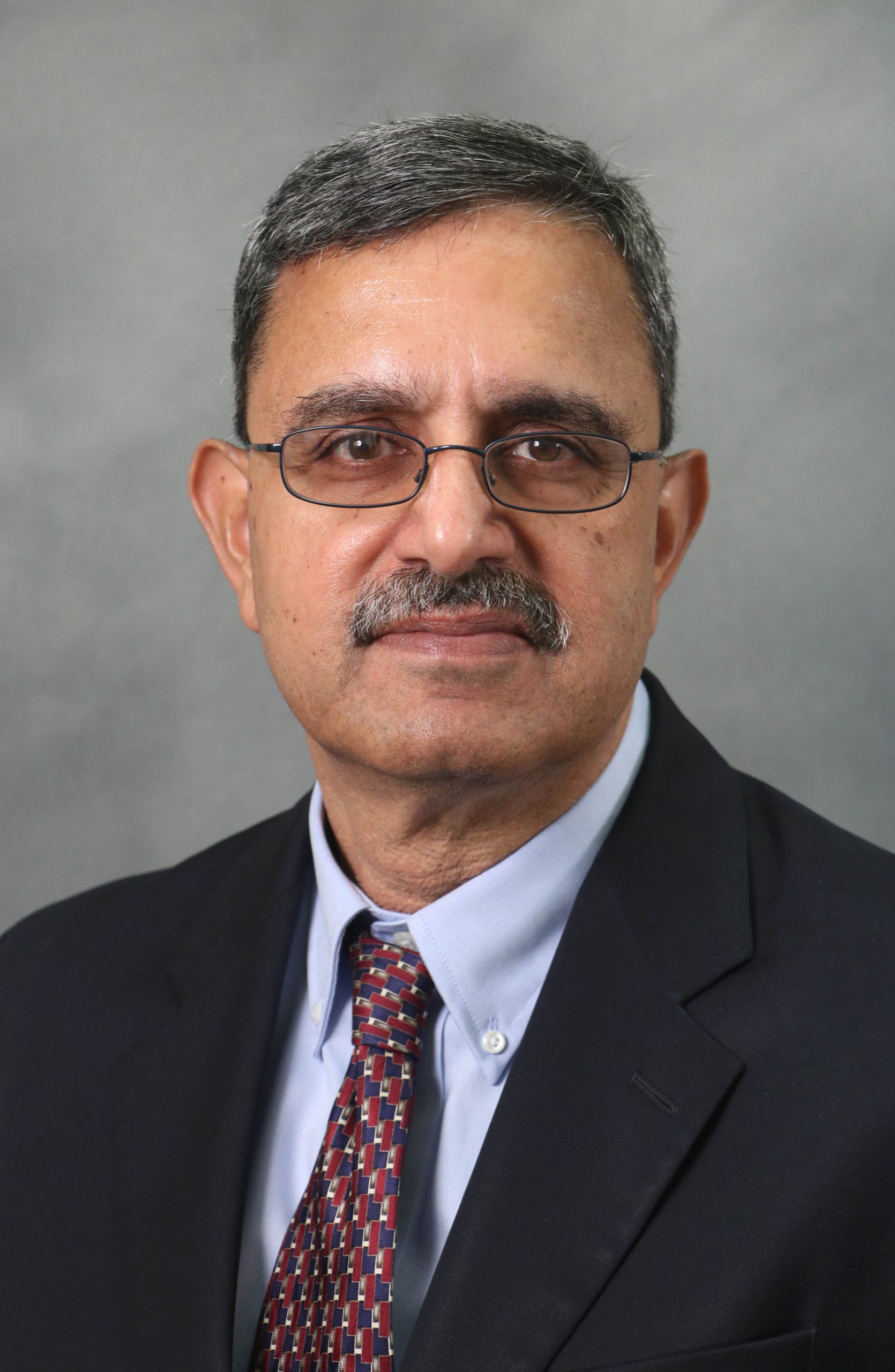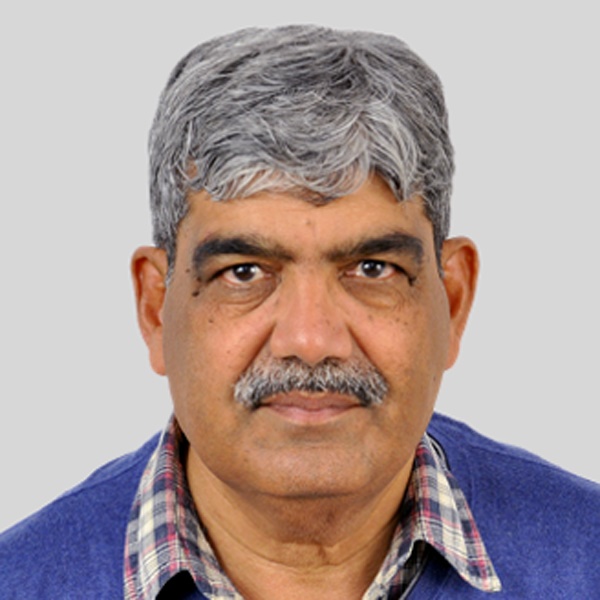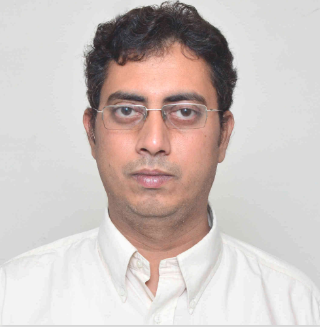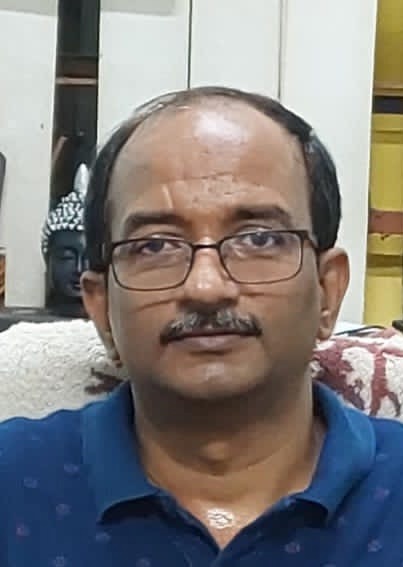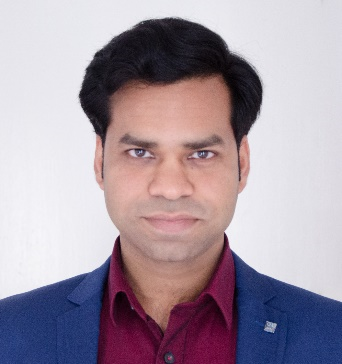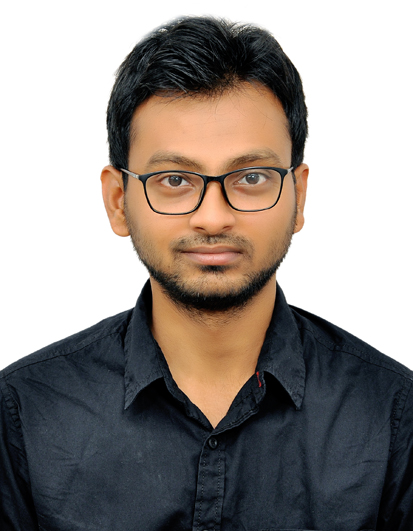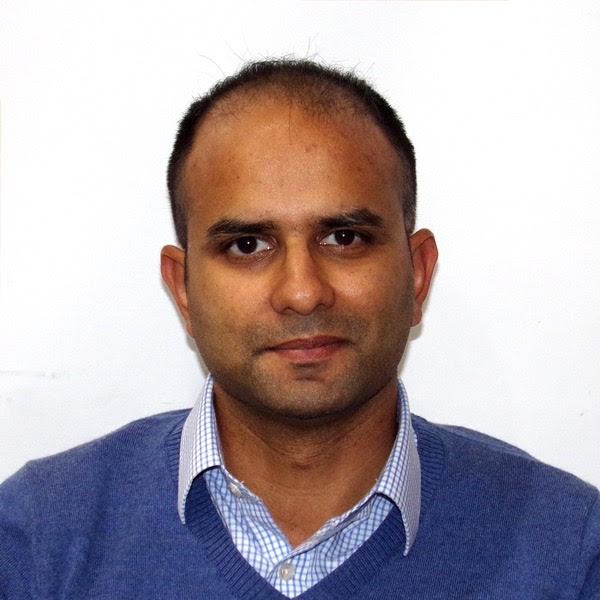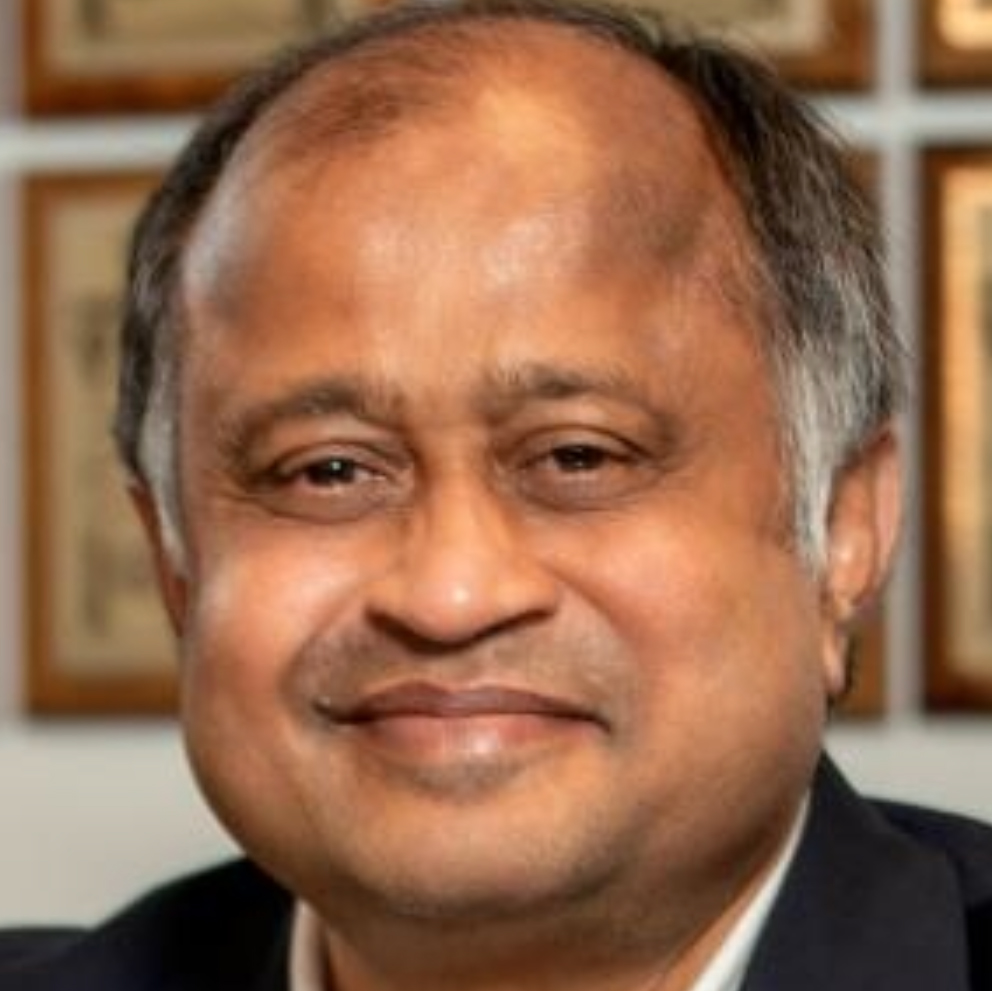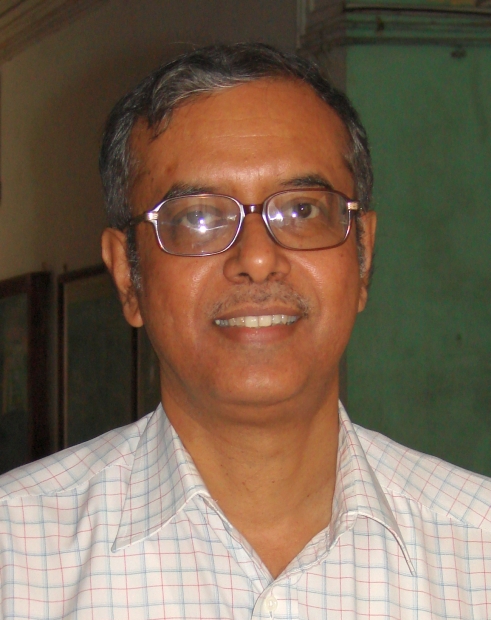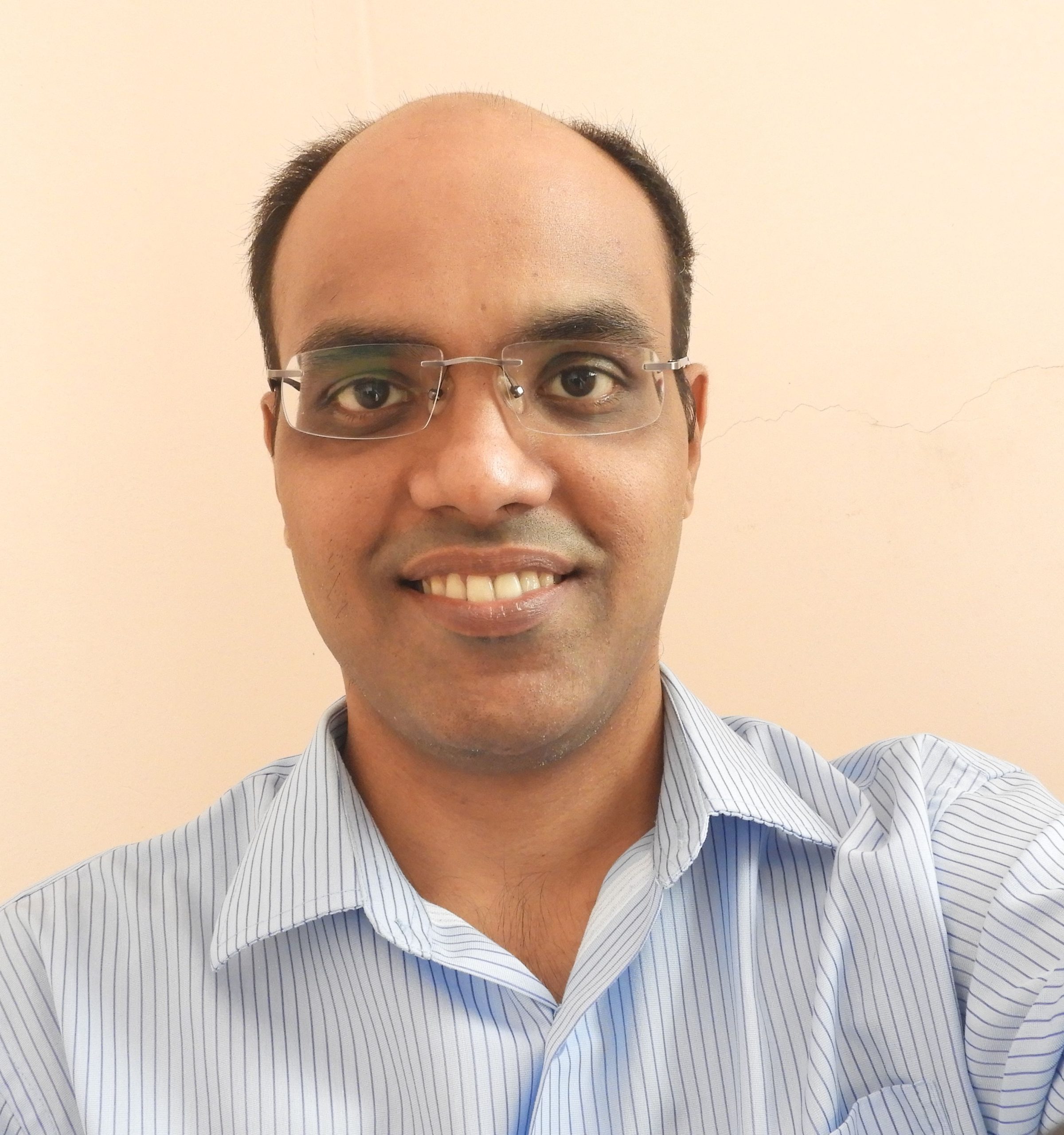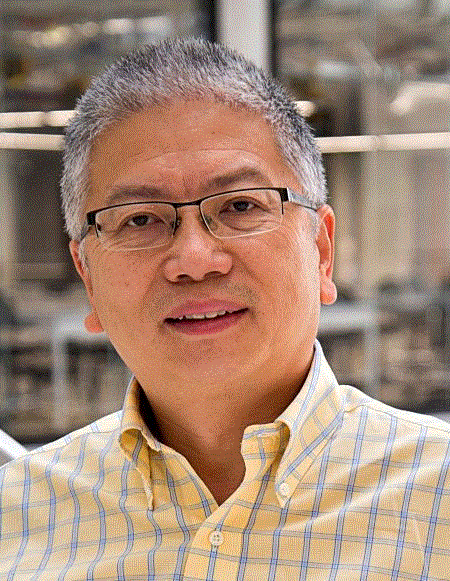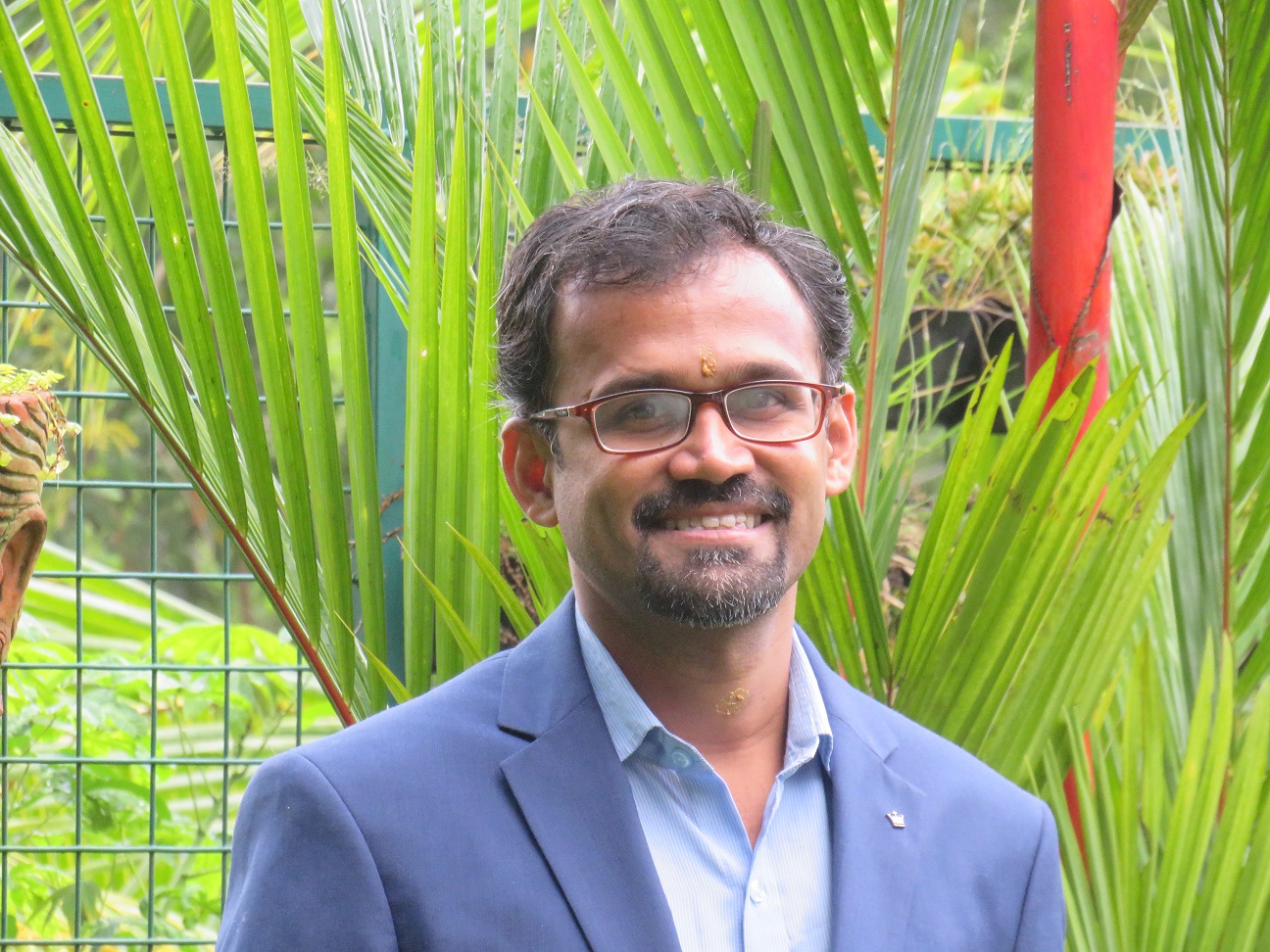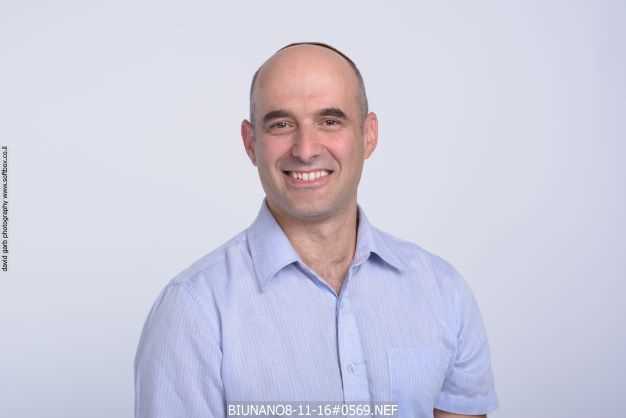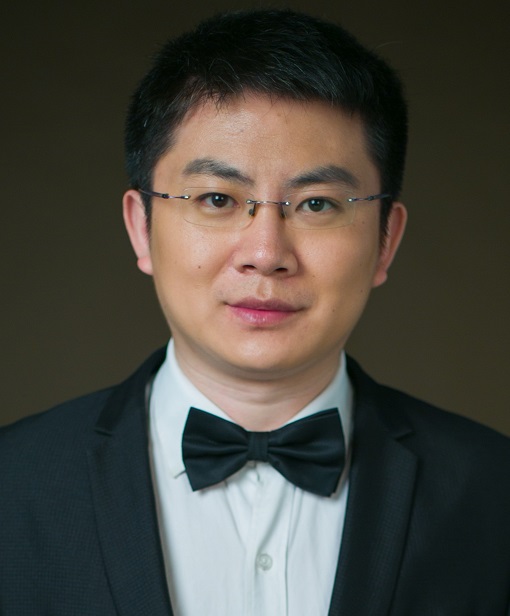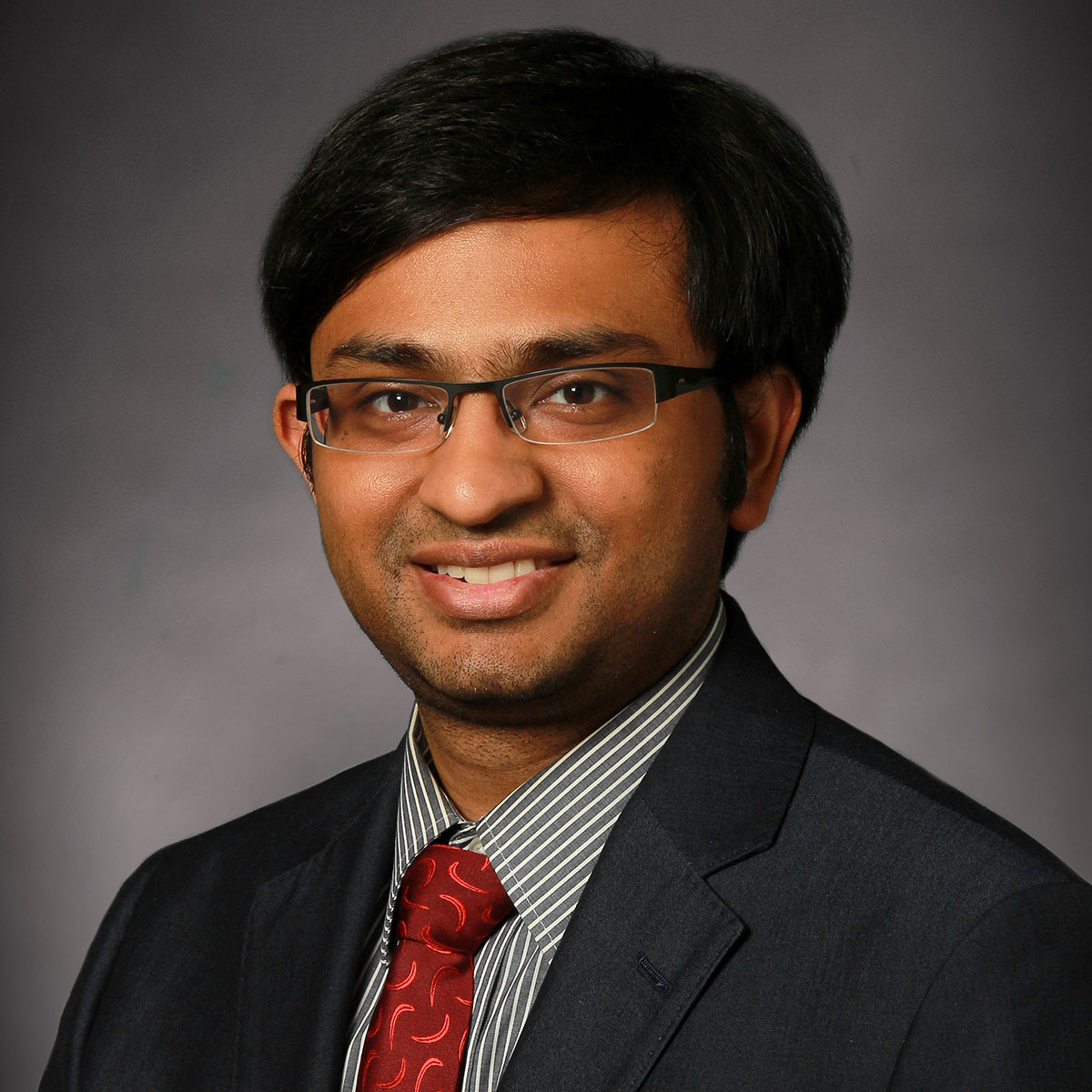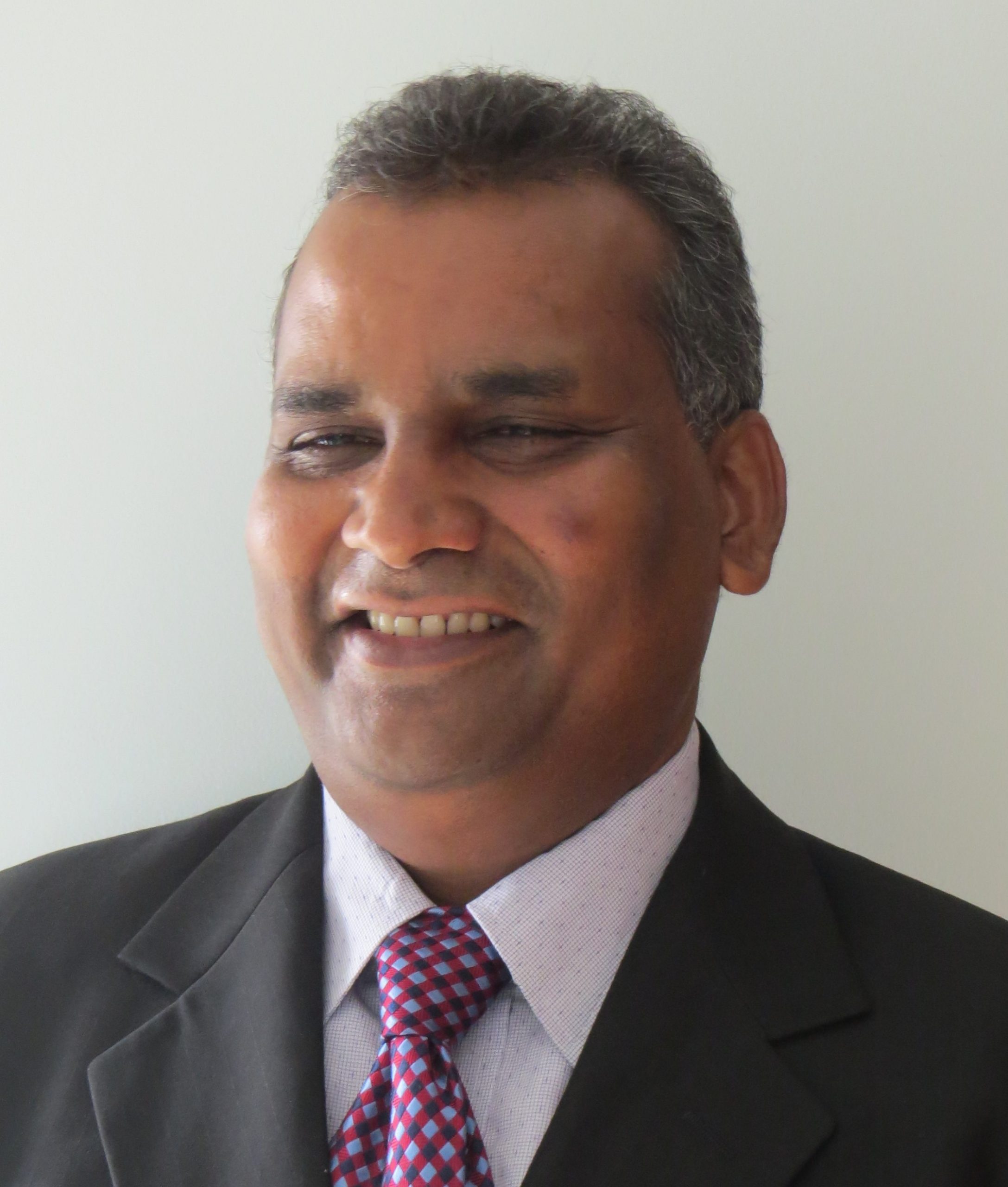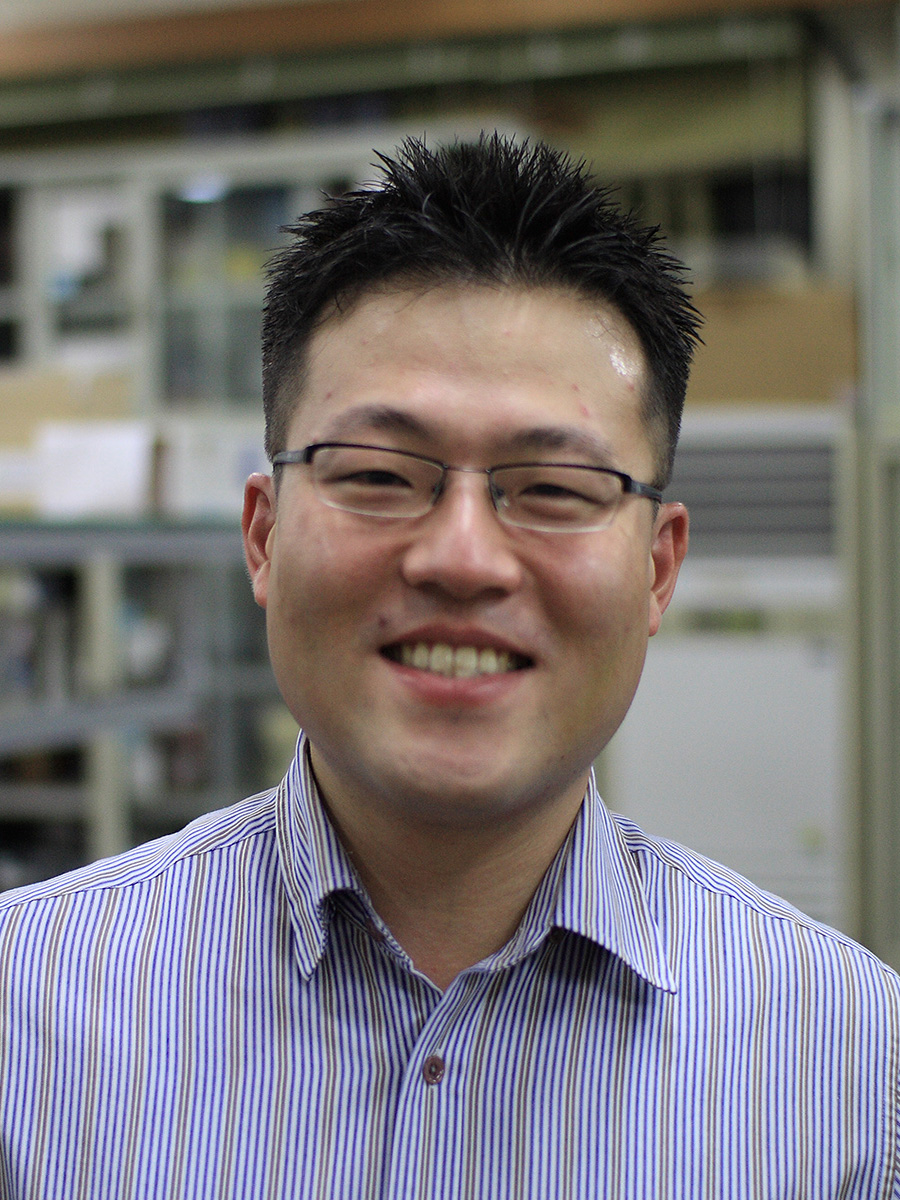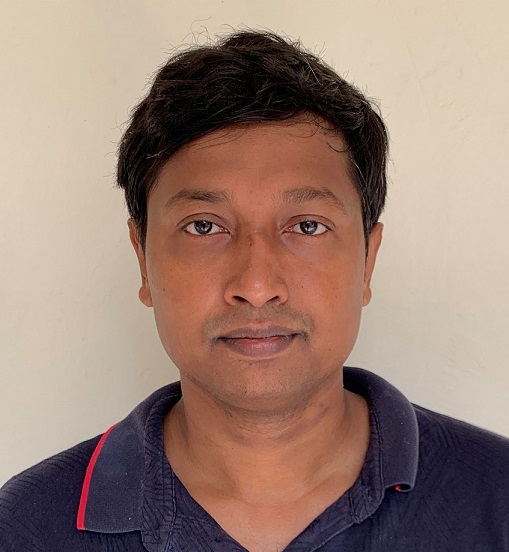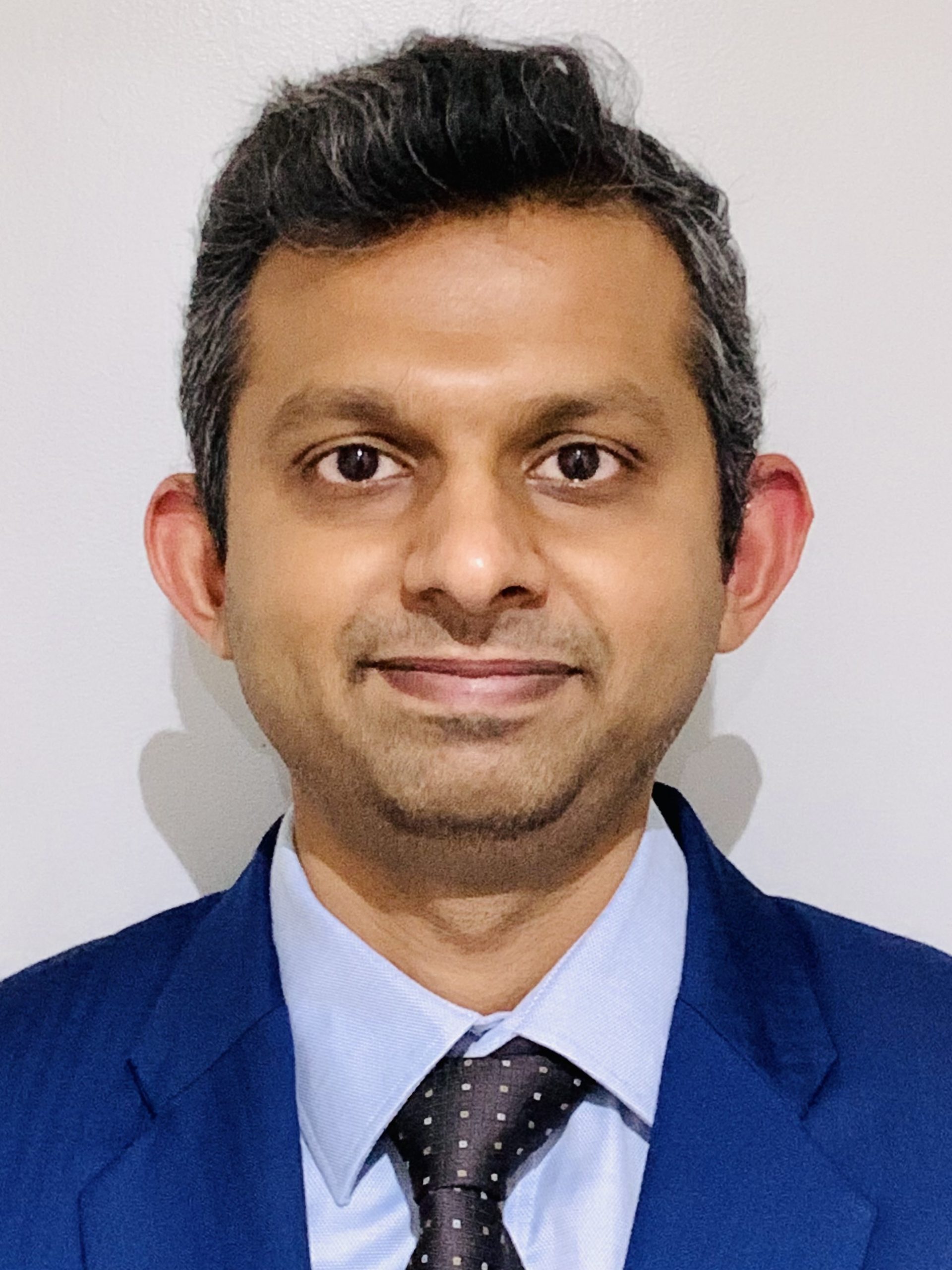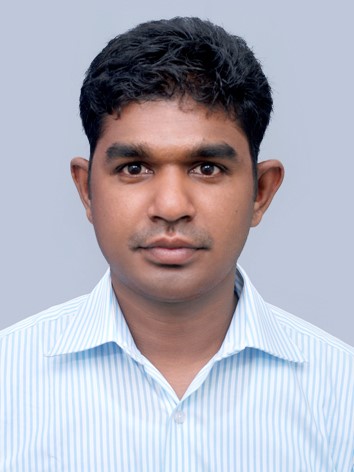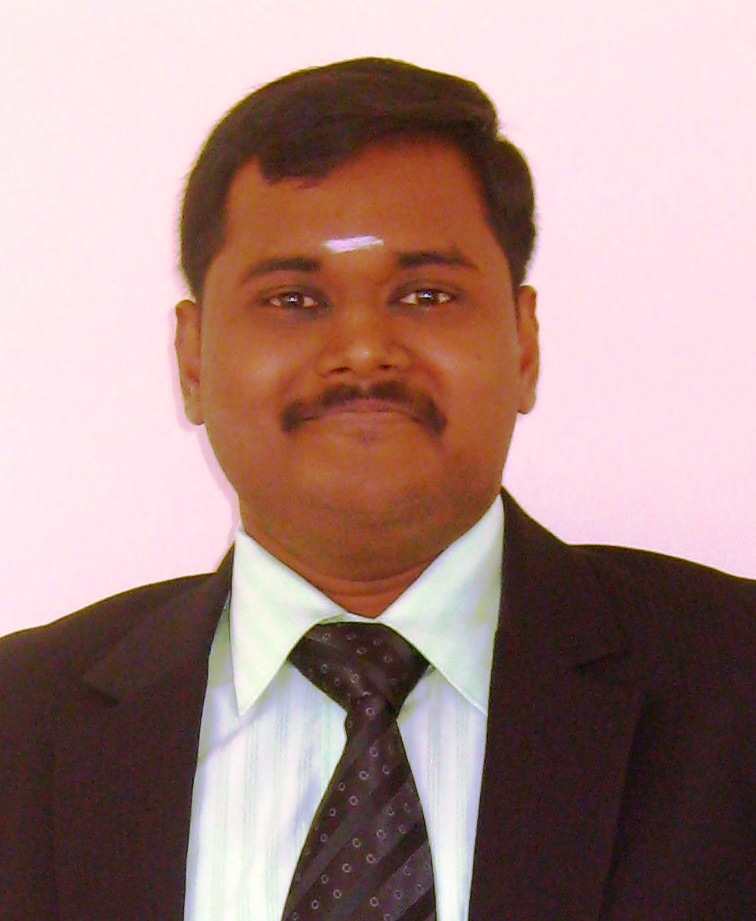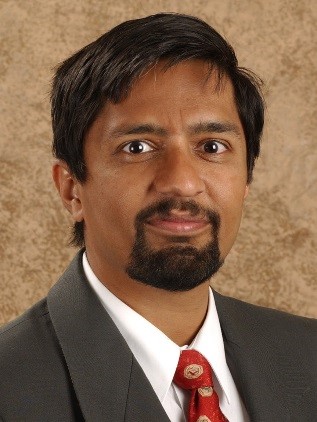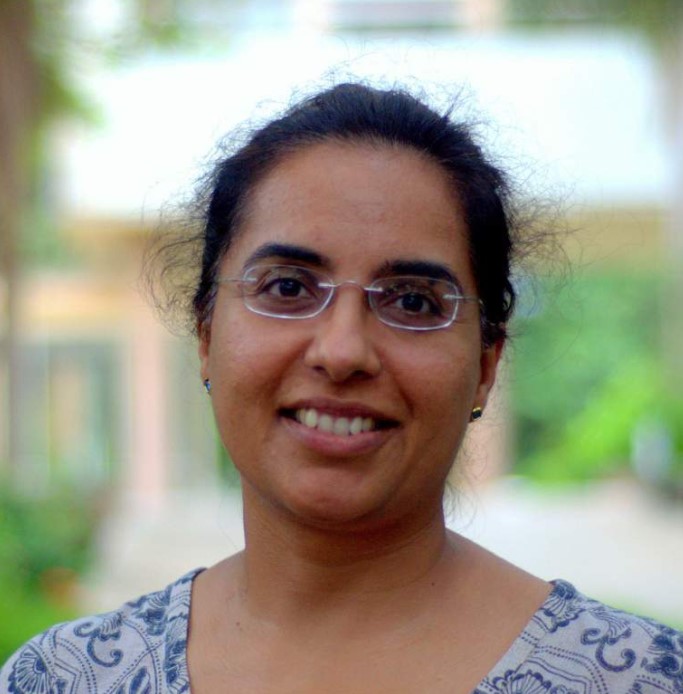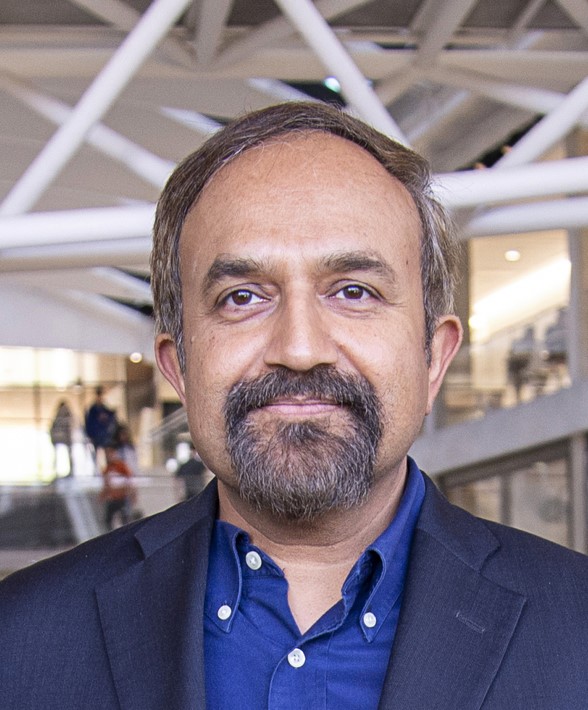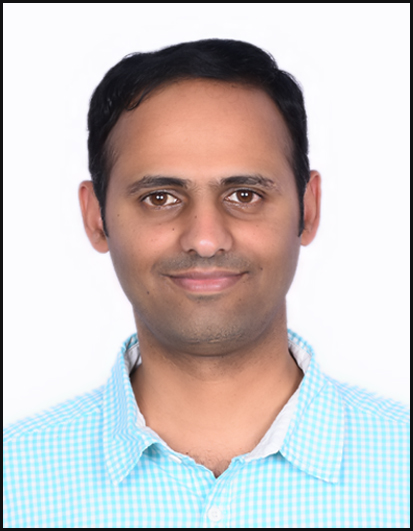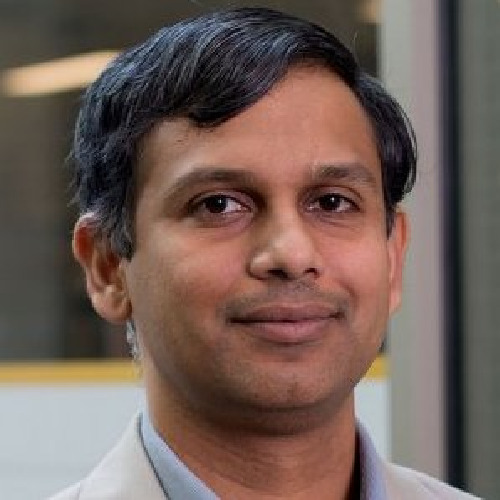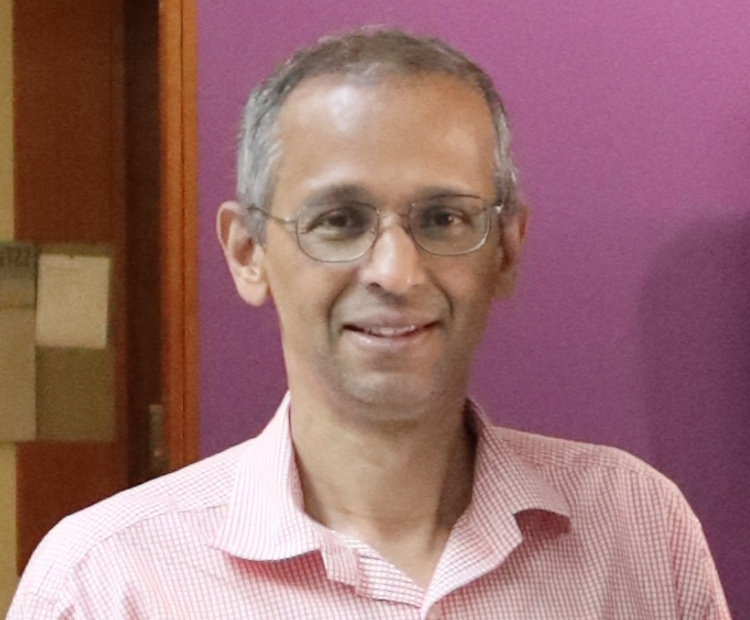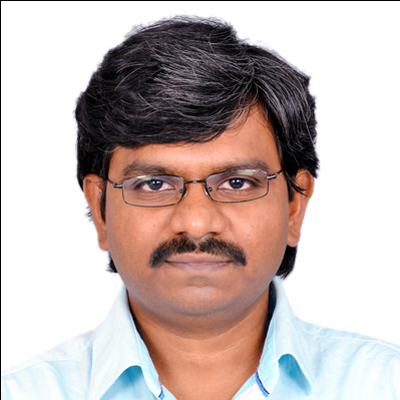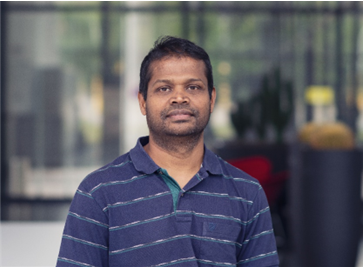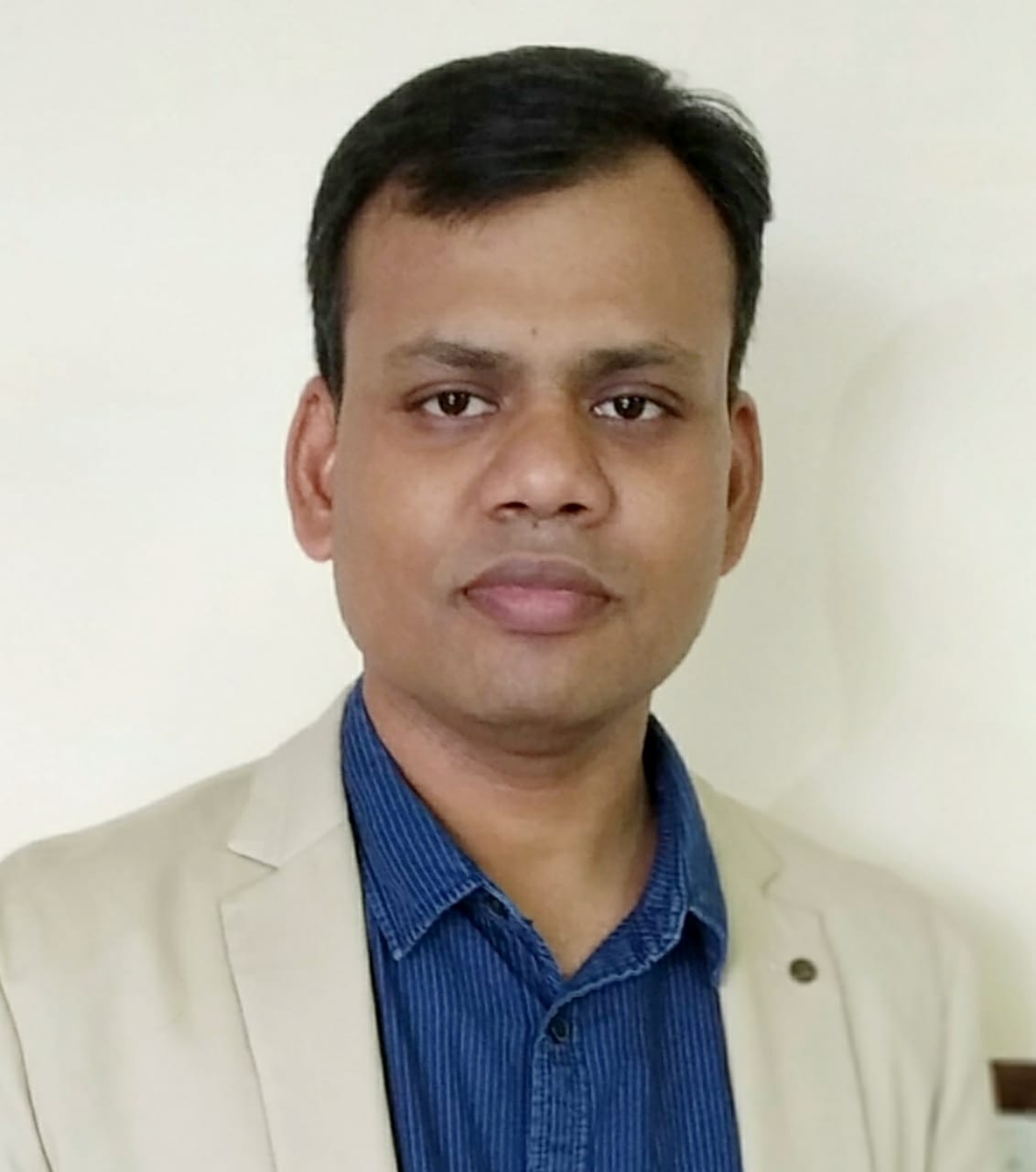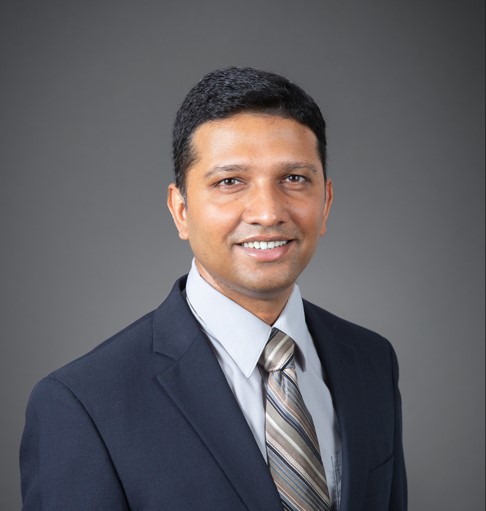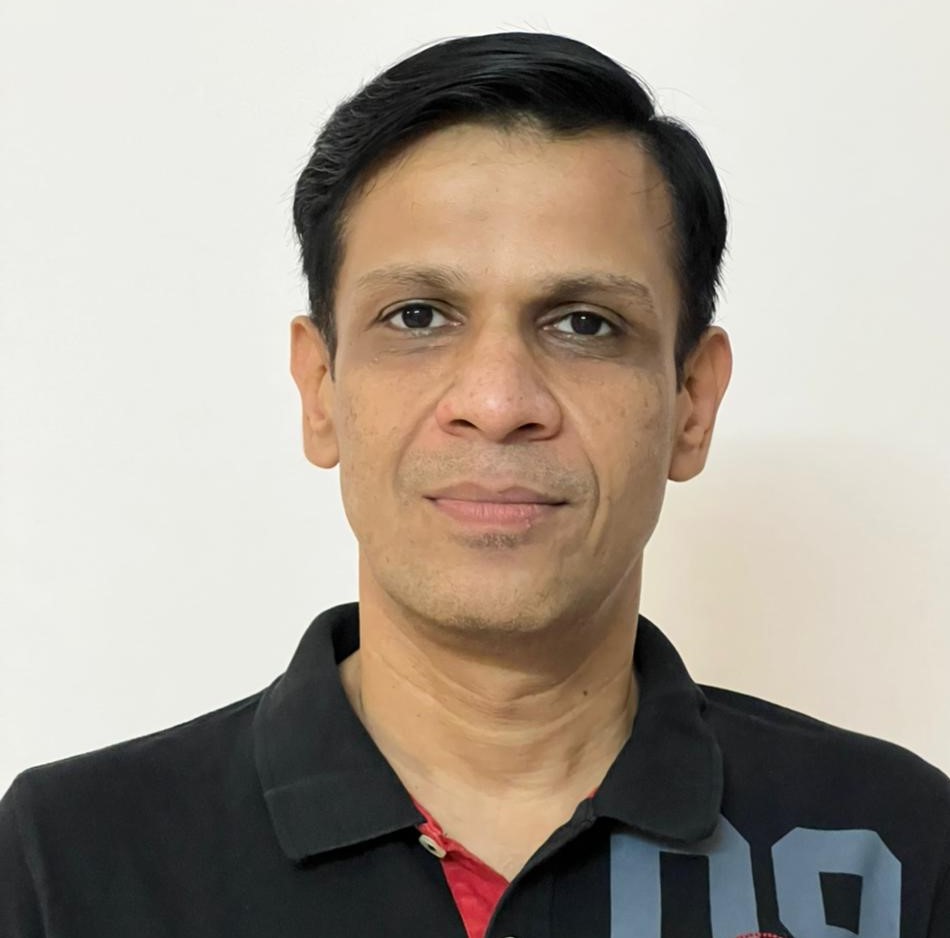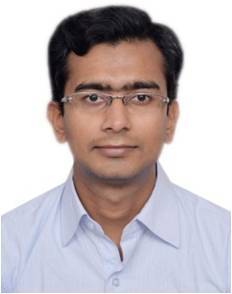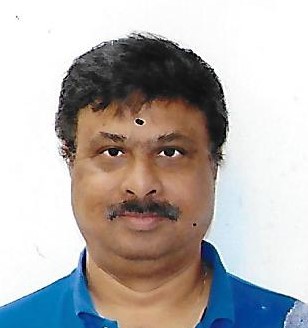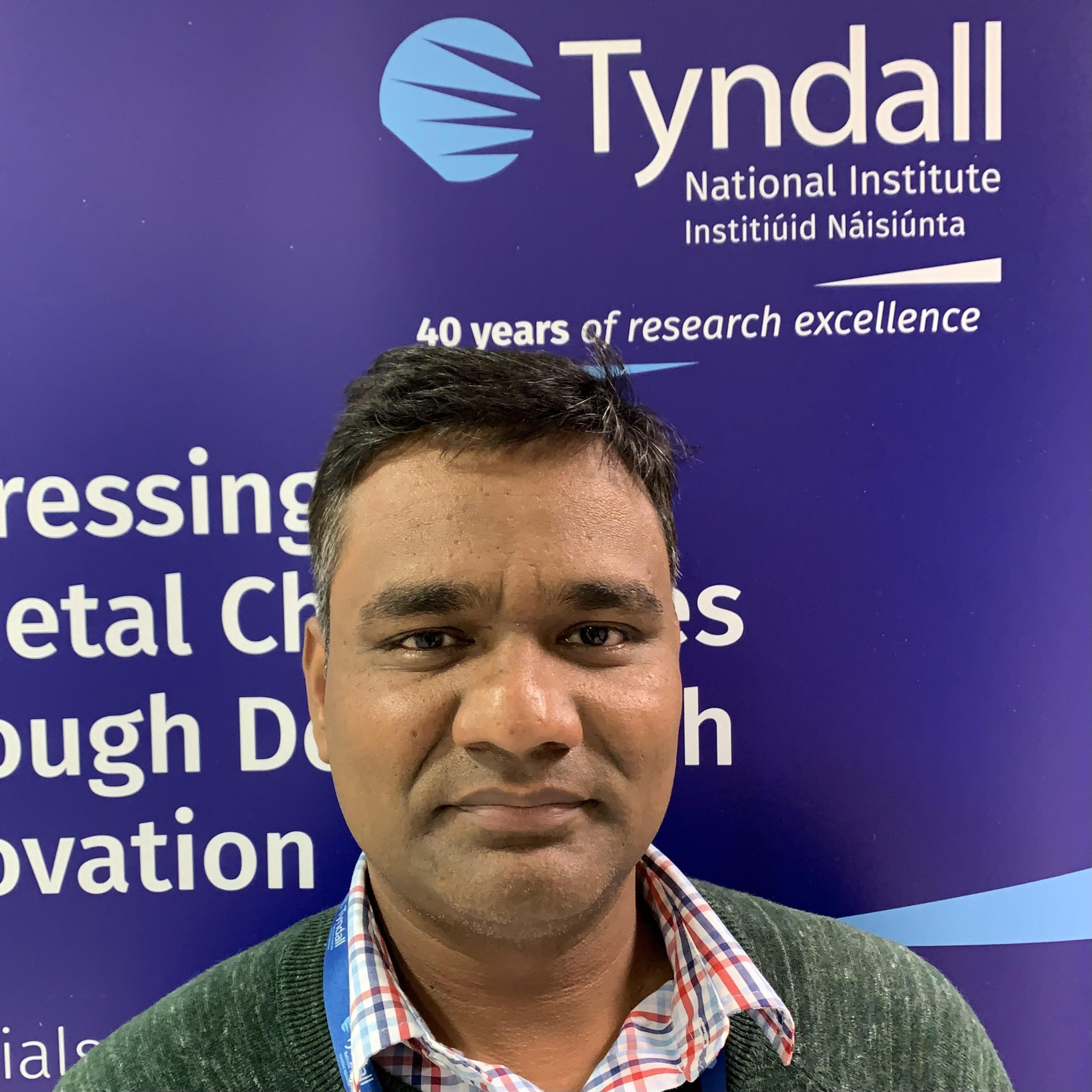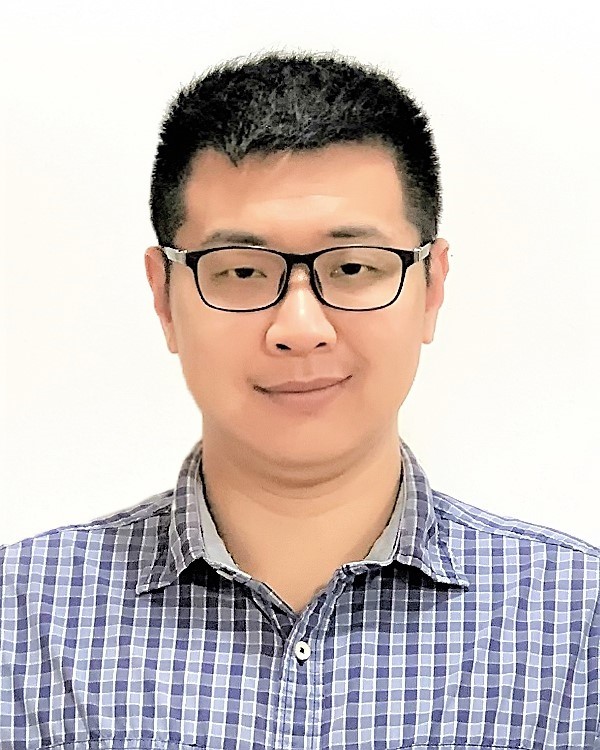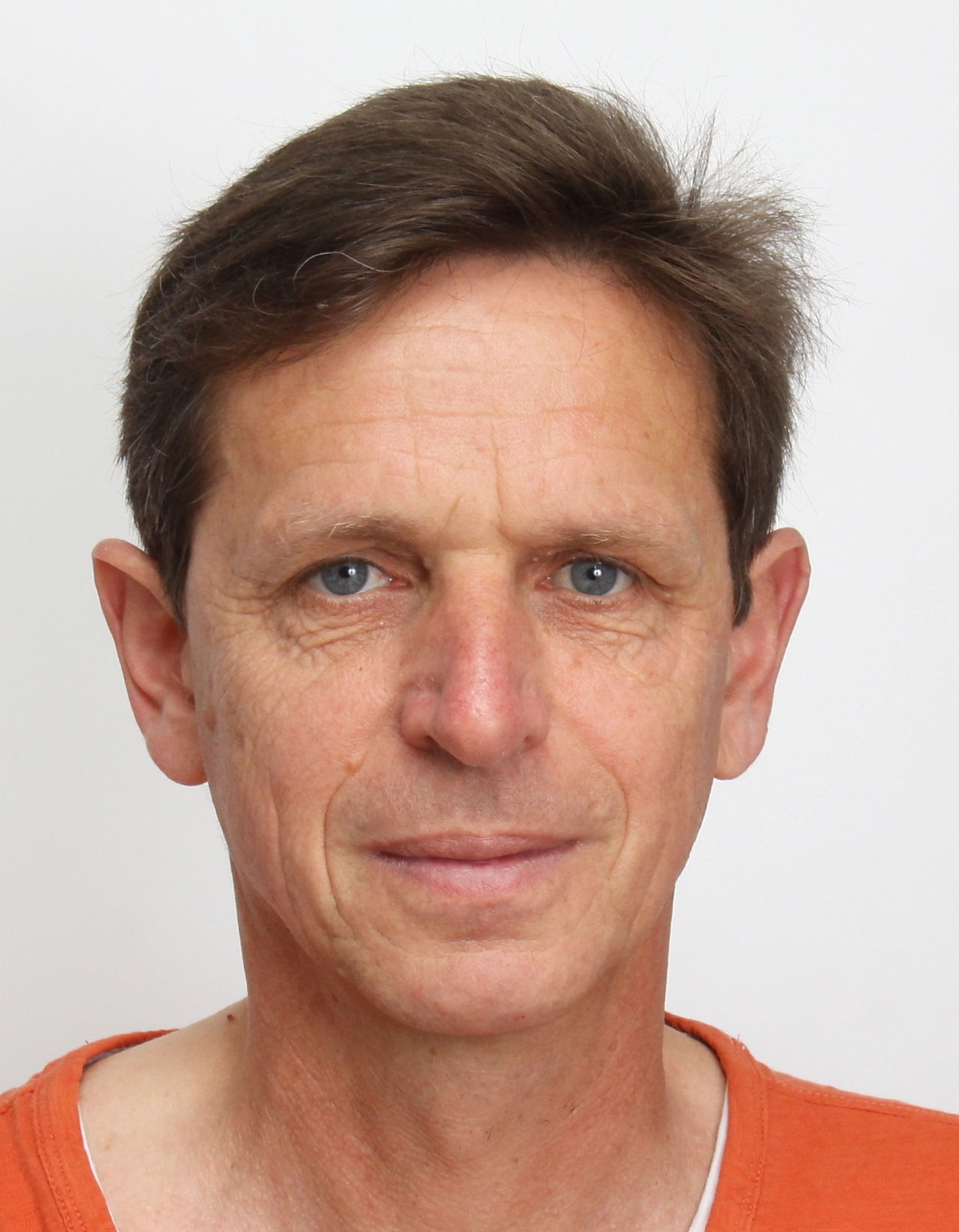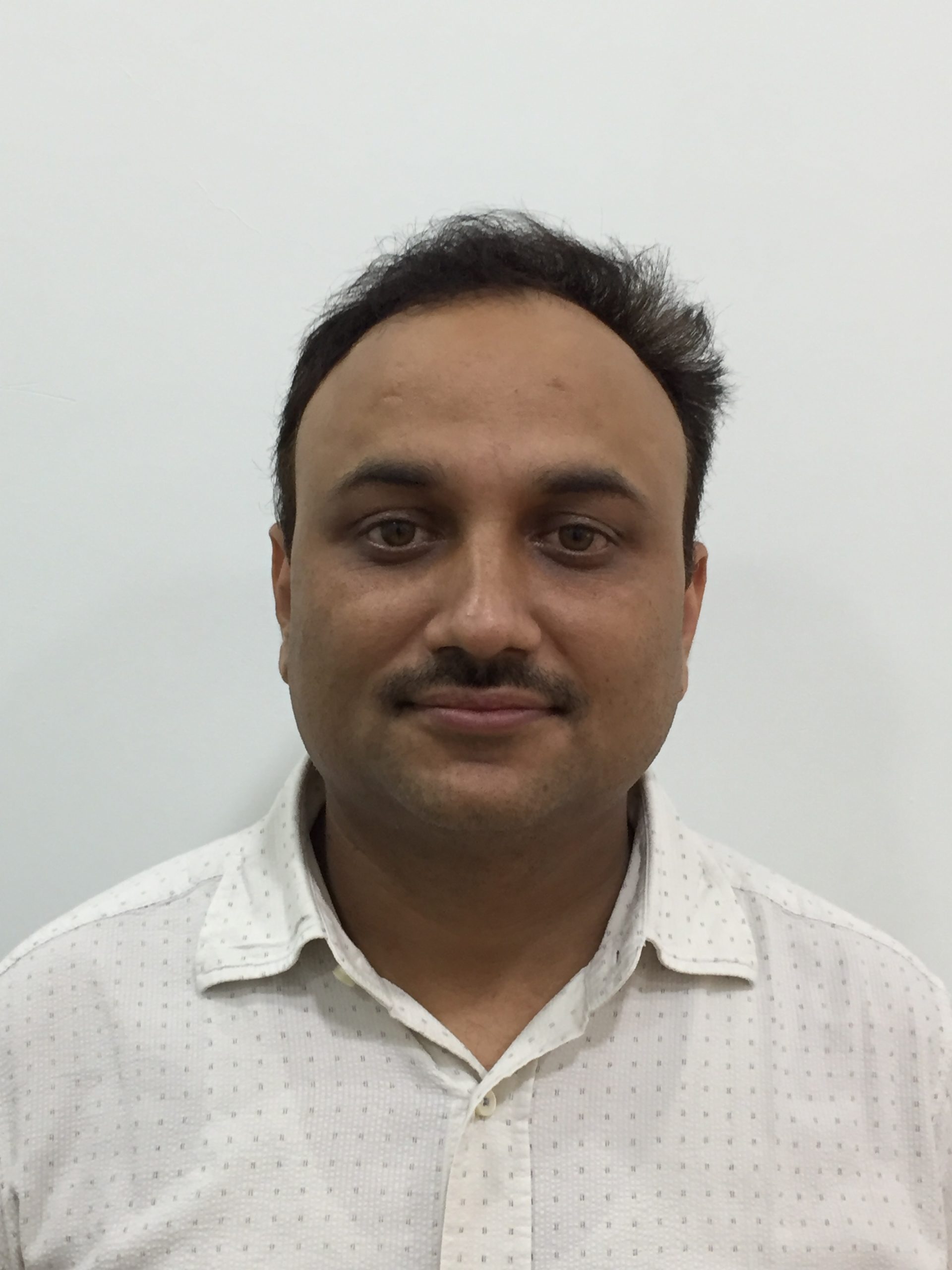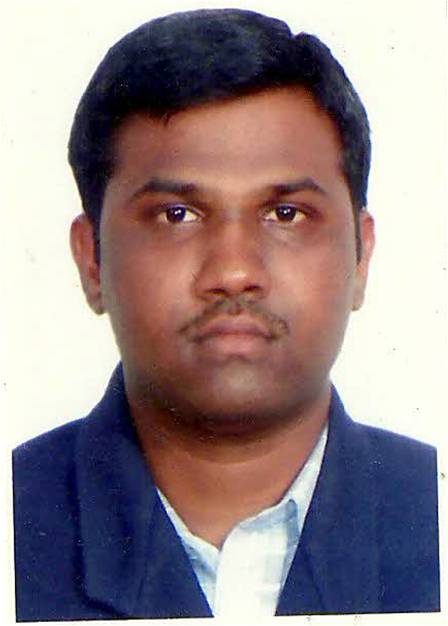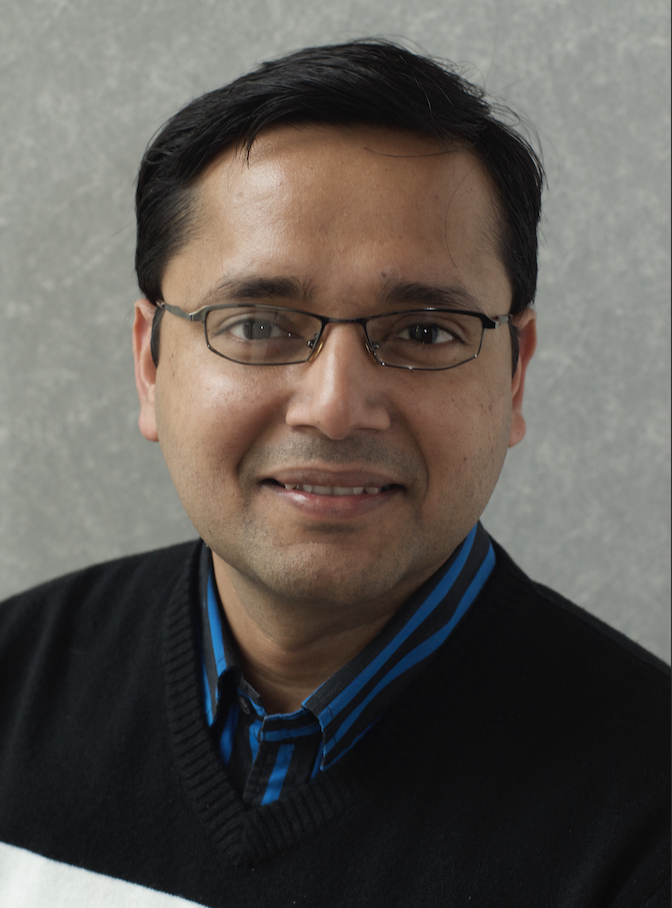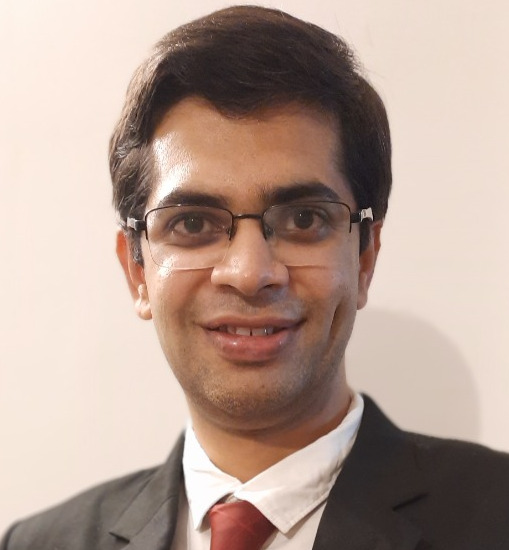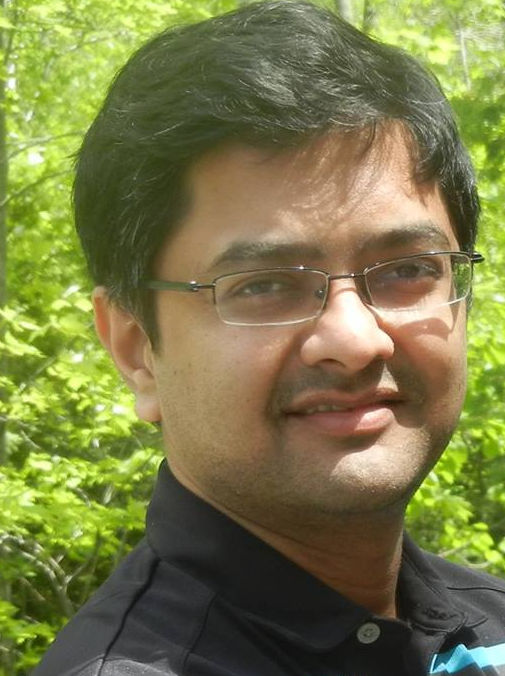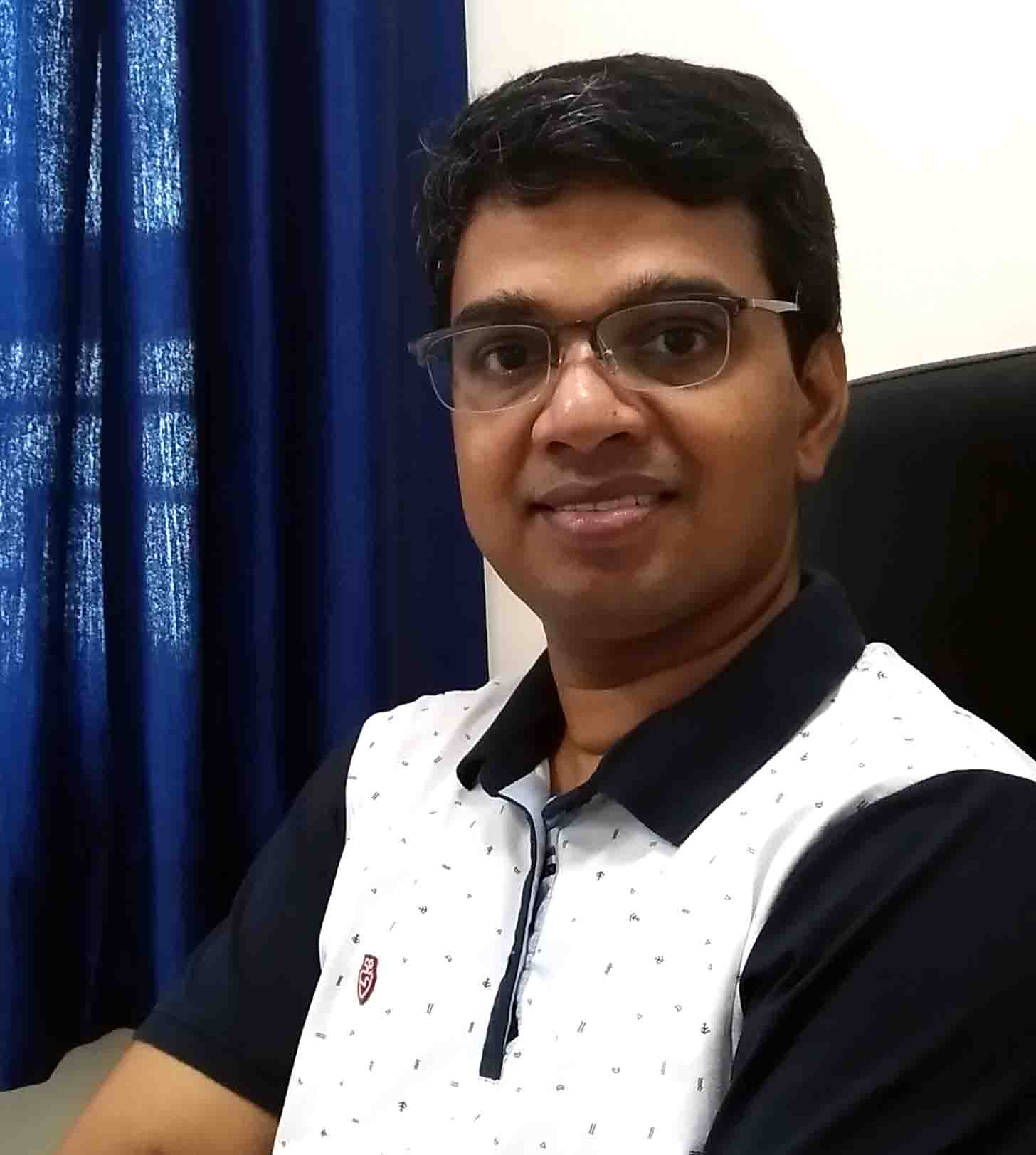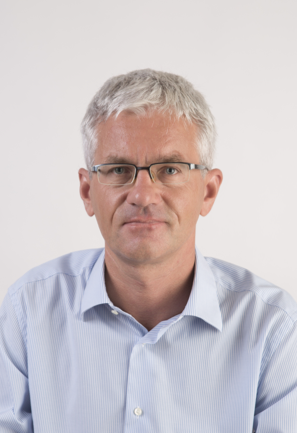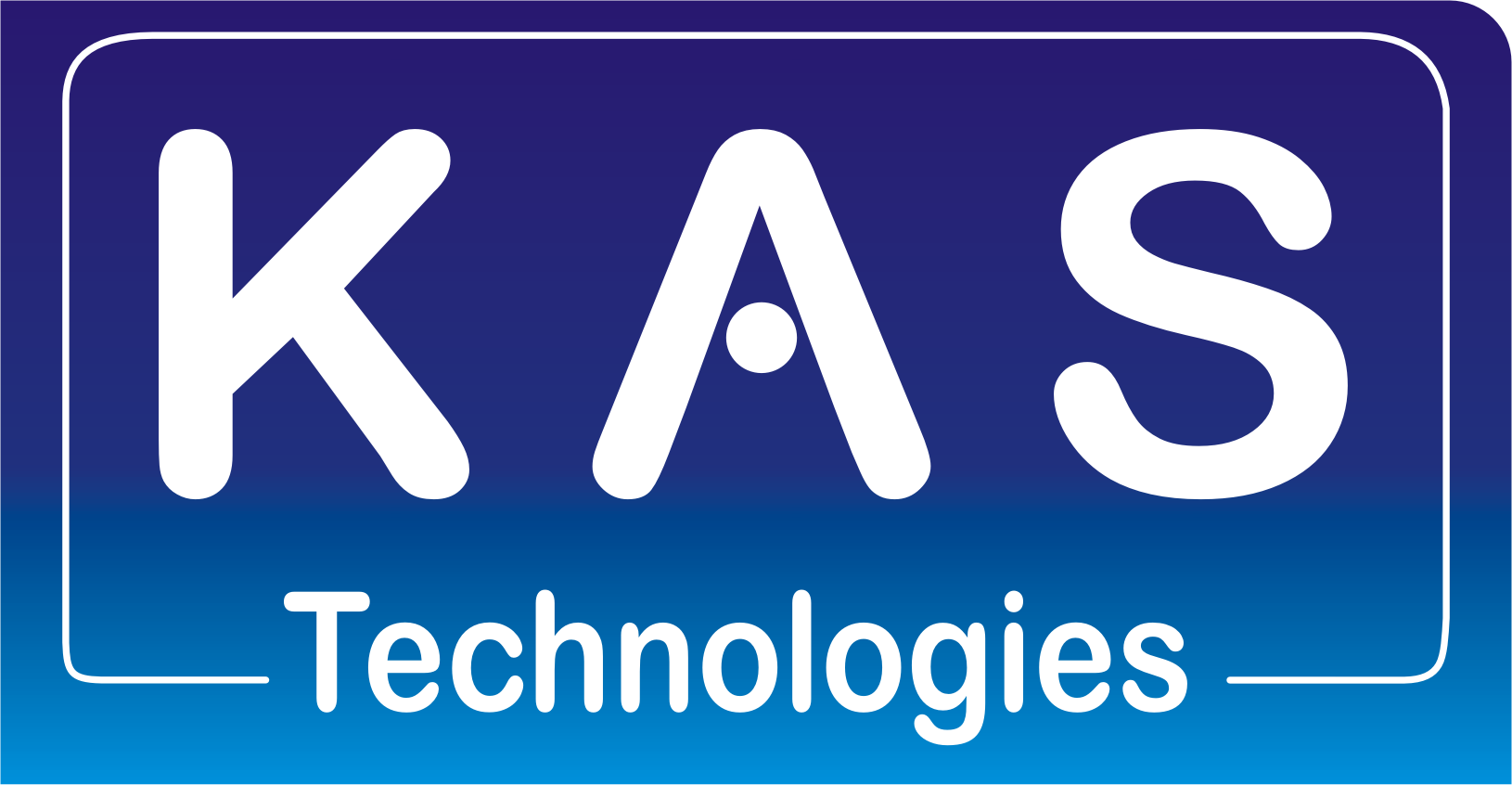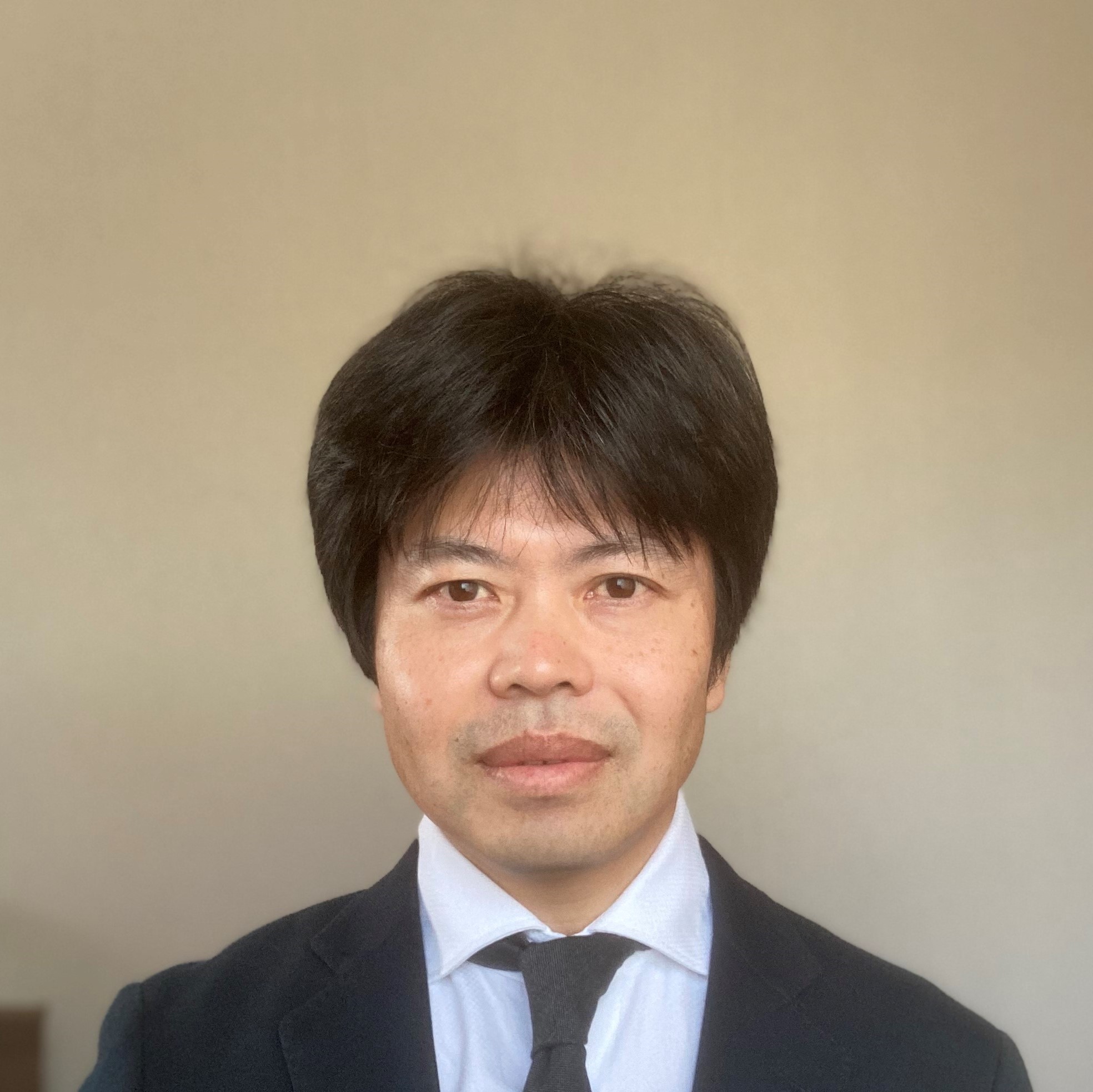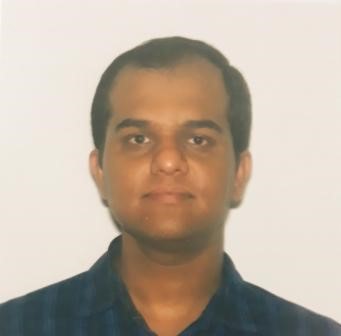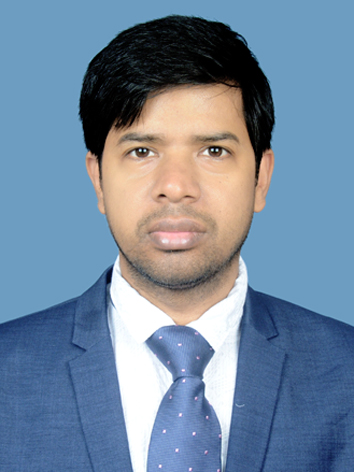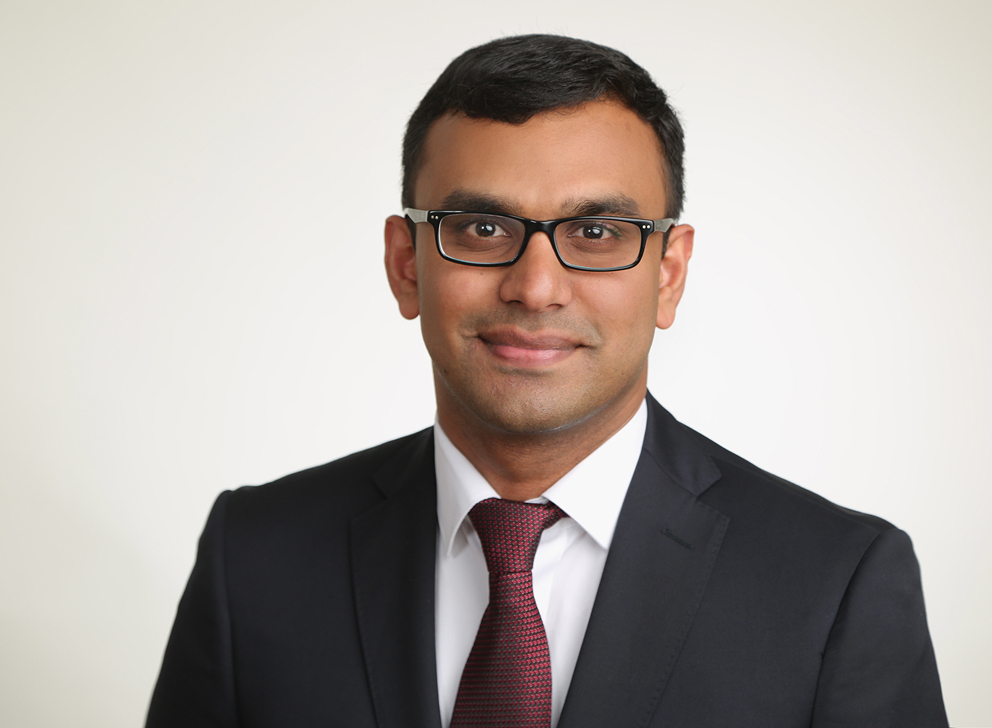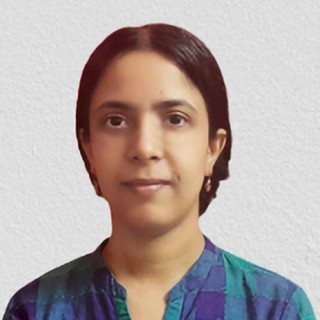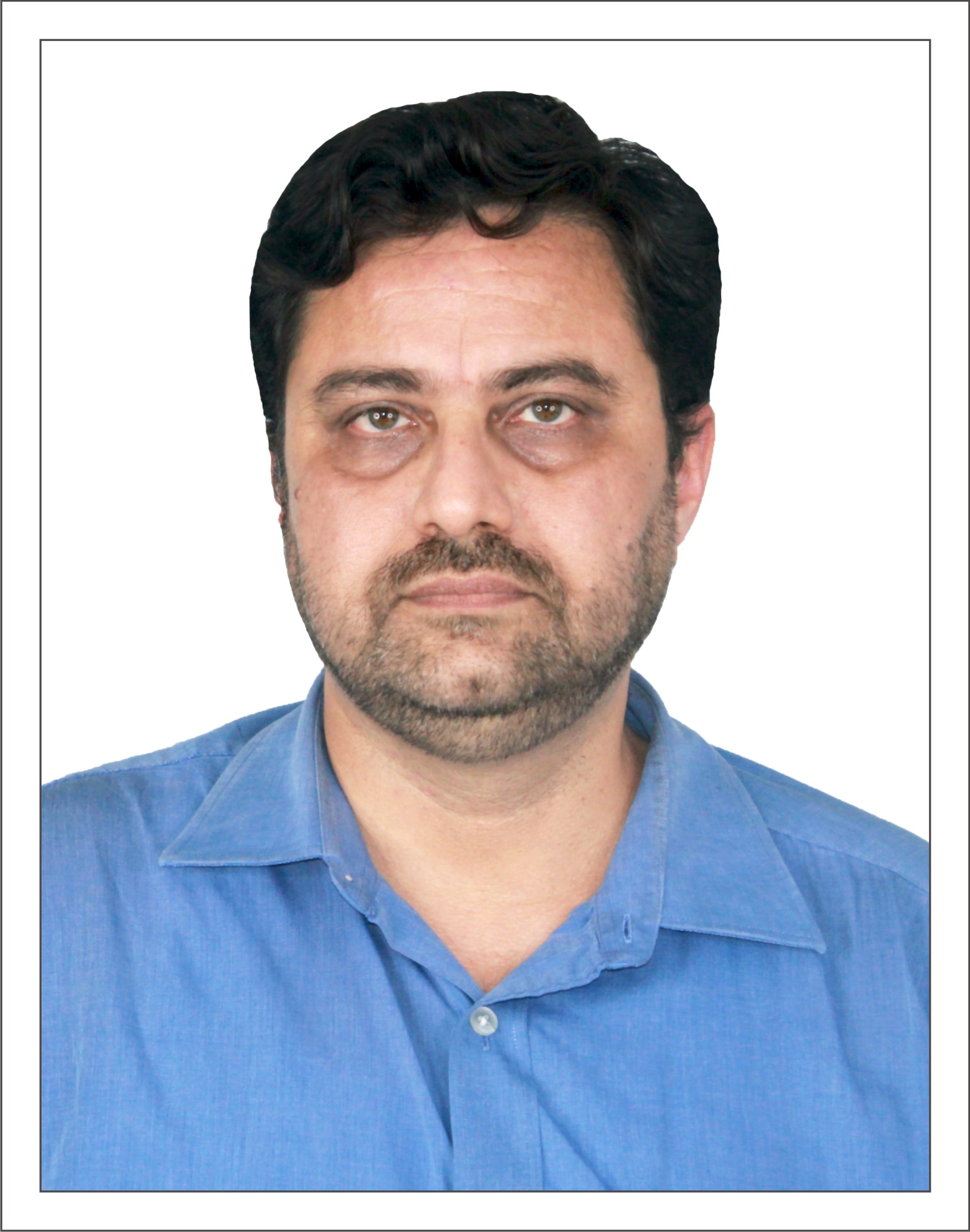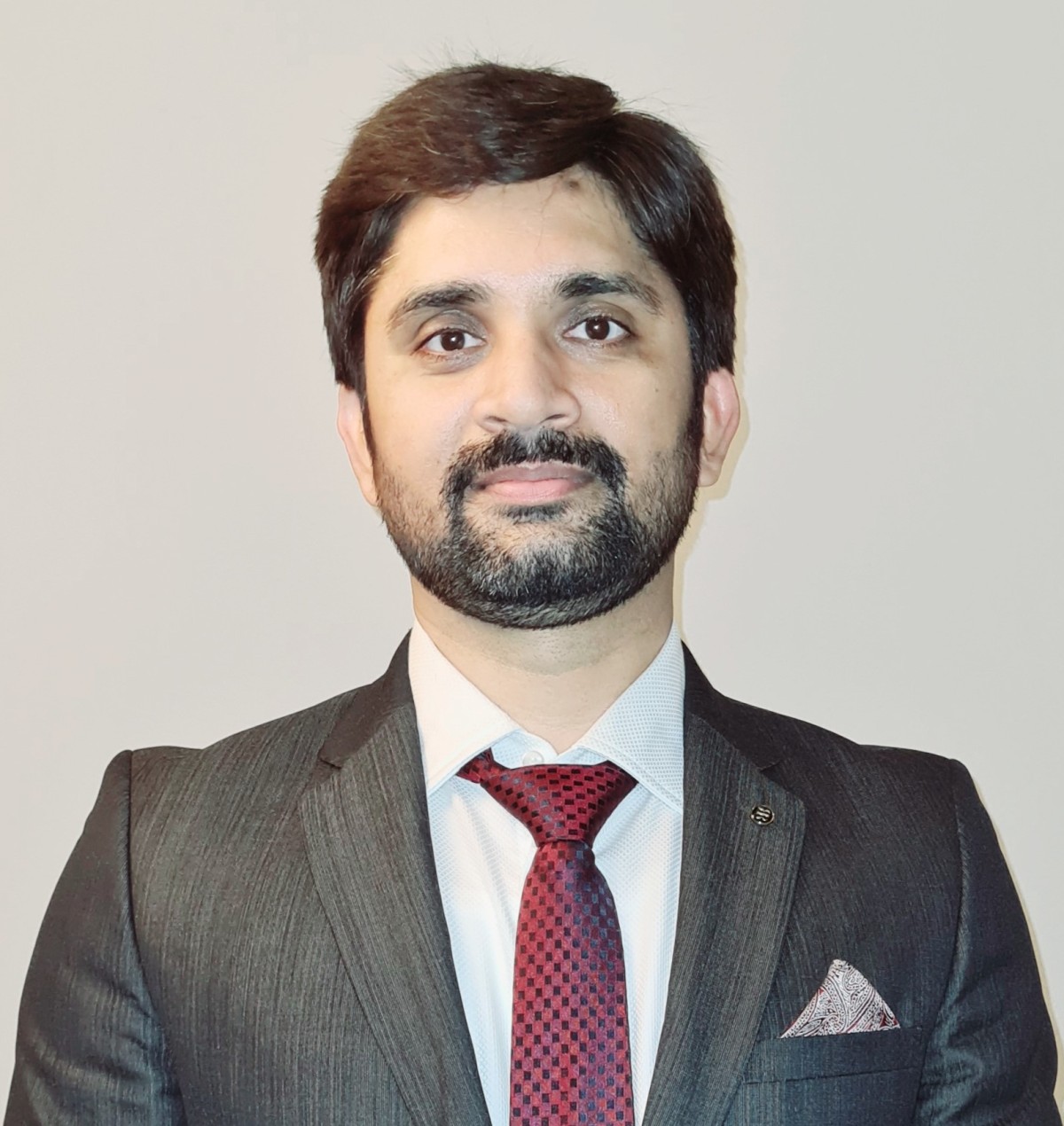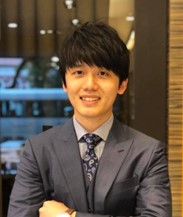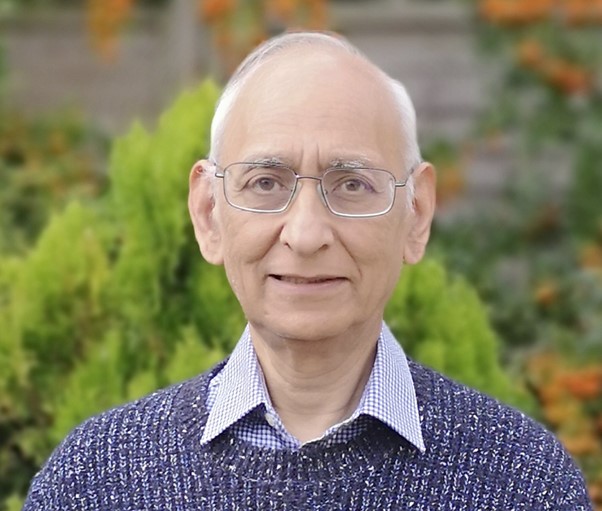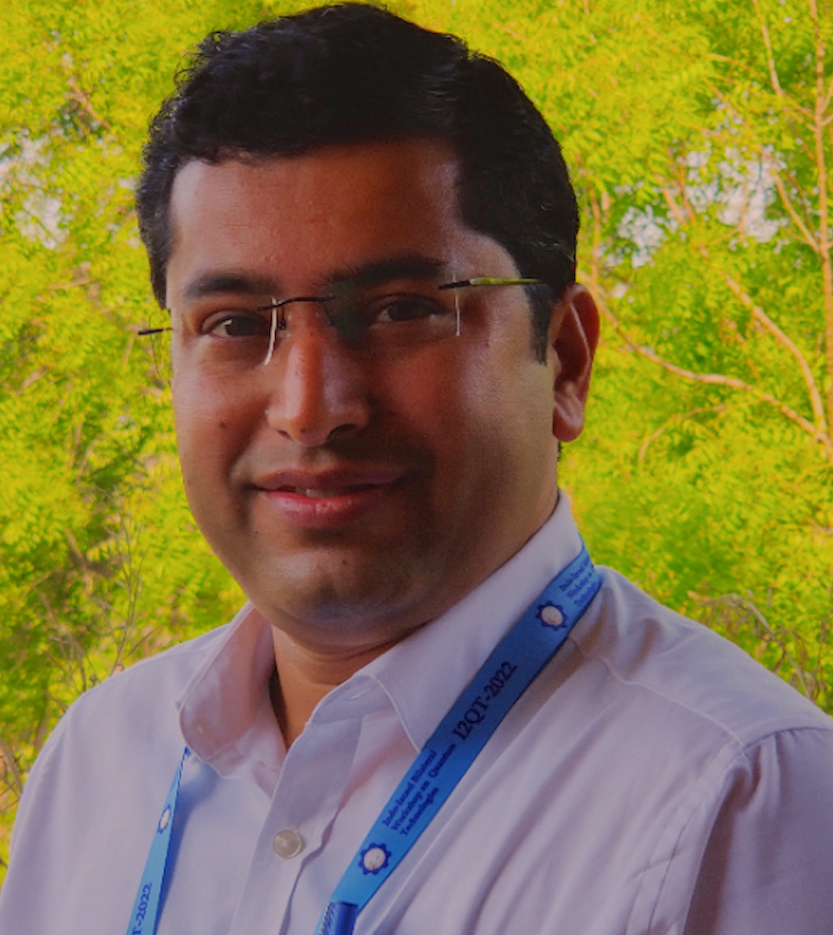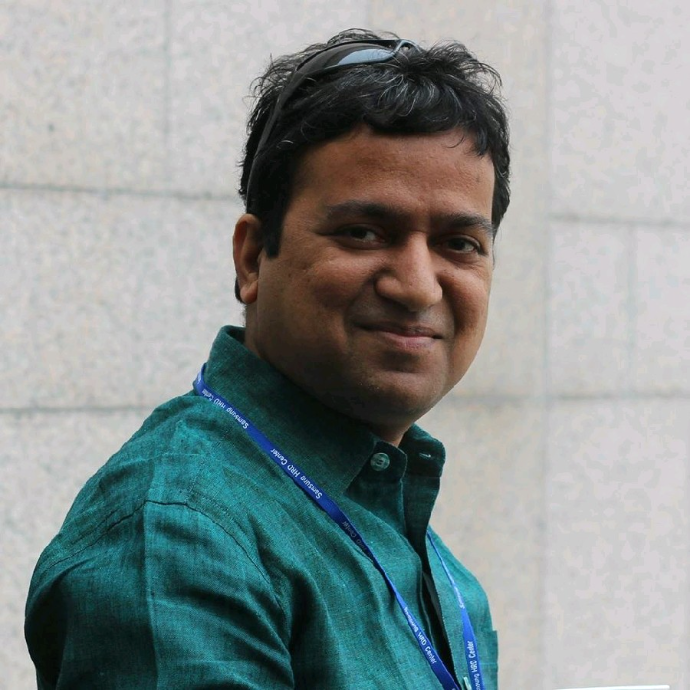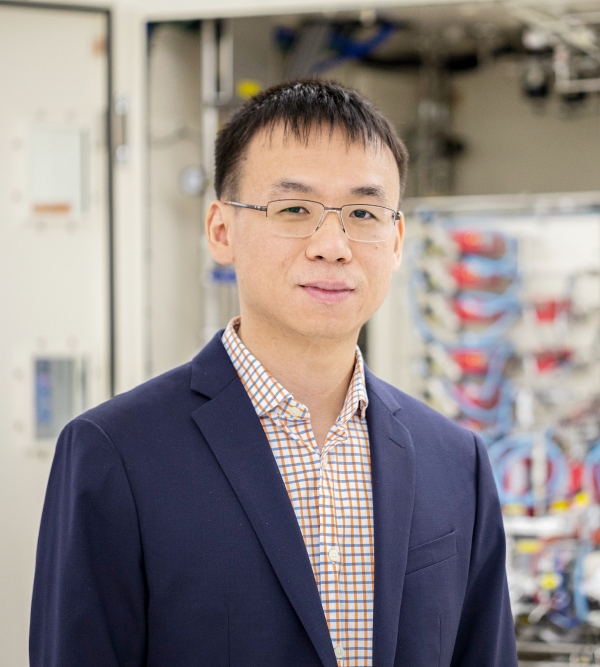
Call for Late News Paper | Hard Deadline Oct. 10th
Special Attraction for Contributing Authors: (1) Top 40 contributed papers will be eligible for an extended paper publication in an special edition of IEEE Journal of Electron Device Society, (2) The Job Fair and (3) Young researchers Meet.
All Selected Papers will be eligible for an extended journal publication in an special edition of IEEE Journal of Electron Device Society (J-EDS). IEEE J-EDS is an open access journal for high quality works. For papers first published in IEEE ICEE proceedings and if selected for this special edition, a 50% discount on the page charge will be available.
Submit your abstracts via EDAS portal: Click here
To read additional guidelines and answers to FAQ’s :
Theme of IEEE ICEE 2022
IEEE ICEE calls for papers under 22 unique tracks, which broadly fall under (1) Materials, Process & Device Technology, (2) Circuits and Systems and (3) Modeling, Simulation and Reliability. The trust areas and conference focus topics under each track are listed here:
Materials, Process & Device Technologies
Circuits and Systems
Modeling, Similation & Reliability
- Materials, Process & Device Technologies
- Circuits and Systems
- Modeling, Simulation & Reliability
1. Advanced Logic Technologies (ALT)
CMOS platform technologies & opportunities; Logic device performance and circuit design challenges; Advanced, novel process integration schemes and (applications-driven) scaling approaches; Process module innovations and progresses in process control & process metrology; Device technology co-optimization; New or Trending Areas; SiGe channels, GAA (vertically stacked) nanowires and nanosheets based devices and circuits; monolithic 3D integration, 2.5/3D integration; Interconnects (TSV, BEOL, Frontside and Backside connectivity) and BEOL compatible transistors.
2. Advanced Memory Technologies (AMT)
Conventional memories; Emerging memories; 3D memory technologies; Computing-in-memory; New or Trending Areas; Emerging memories for neural networks; Memory-enabled artificial intelligence applications; Memory for bio-inspired computing; System-technology co-optimization; New Memory hierarchy.
3. Neuromorphic Device Technology, Circuits and Systems (NDTCS)
Implementations of neurons, synapses, and other ML/AI circuits employing emerging nanoscale memories, Novel analog and digital CMOS circuits, Novel architectural approaches to implement bio-mimetic computational features, Device-system integration approaches for AI/ML applications.
4. 2D Material Based Technologies (2DT)
Growth related issues, heterostructures, 2D Electronics, 2D Optoelectronics, Sensing Devices, Neuromorphic Devices, 2D Quantum Devices, Other Fundamental engineering, technological and scientific topics related to 2D materials, etc.
5.Other Emerging Devices & Compute Technology (EDCT)
Spintronic and magnetic devices; Steep-slope devices; Topological materials and devices; phase transitions transistors; Emerging state machines; Continuous time dynamical systems; Novel LT/Cryogenic Devices.
6. Quantum Technologies (QT)
Papers are solicited on Superconducting Qubit technologies; Semiconductor Qubits (SiGe, Graphene, etc.); Superconductivity; Single Photon Detectors, Single Photon Emitters; Quantum Photonics, On-chip Photonics; other quantum devices and quantum-enhanced technologies, etc.
7. RF, Millimeter and THz Technologies, Circuits and Systems (RF-THz)
High Performance III-V, III-Nitride and SiGe devices for mm-wave to THz applications; Power device technologies for micro and mm-wave; mm-wave and THz analog front ends, PAs, LNAs and mixers; RF energy harvesting devices and circuits; Packaging of high-frequency devices; Tunable high-Q passives for mmW applications, SAW/BAW devices, device and circuits for 6G applications; onchip antenna arrays and beam forming for mmW and THz applications.
8. Solar cells & photodetectors: Physics, Device, & Modules (SP)
Materials for solar cells, and photodetectors, including Si, III-V, III-N, quantum dots, and hybrid perovskites; Defects; Integration with novel functional substrates; semi-transparent solar cells; tandem solar cells; Functional solar cells like agrivoltaics & building integrated photovoltaics; Photo-physics and advanced characterization; Reliability and packaging of devices; hyperspectral detectors; detectors with unconventional spectral bandwidth, high sensitivity, or high time-resolution; uncooled IR detectors; Topological optoelectronics and photonics; Scale-up; module design and manufacturing; recycling or disposal of solar modules; field studies of solar panels.
9. LED & semiconductor lasers: Device, physics & modules (LL)
Materials for emission including, III-V, III-N, quantum dots, organics semiconductors, and hybrid perovskites; defects and fundamental physics; single-photon emitters; semiconductor lasers; printable LED; large-area LED; high-power LED; multi-band emitters; emitters in unconventional wavelengths like UV and IR; new designs for FPA.
10. Macroelectronics & Displays: devices, circuits & systems (DIS)
Large-area electronics; Flexible electronics; Printable electronics; Wearable electronics; Hybrid organic/inorganic microfabrication and devices; Printing for high-resolution or large-area; Flexible displays; devices and circuits for active and passive display drivers; ultra-high resolution displays; low-power displays; Displays and imagers for augmented or virtual reality; Holographic devices and displays; Displays with unconventional form or size; Imagers with new materials or flexible platform and printed electronics; Intelligent Image Sensors; In-display Sensors; Scale-up.
11. Integrated Photonics & fibre lasers (IPFL)
All types of heterogeneous integrated optoelectronics including sources, modulators or detectors; Optoelectronic integration for neuromorphic computing; SiNx platform; Non-telecom integrated photonics e.g. mid-IR or visible; ; Fibre lasers and modules with high-power, unconventional wavelengths, or new physics.
12. Sensors and Bio-electronics (SBE)
Sensors includes chemical, molecular and biological detection based on acoustic, electrical, electrochemical, magnetic, mechanical and optical principles; sensors for environmental monitoring e.g. agri-sensors and gas-sensors; sensors for process monitoring; Physical and biochemical integrated sensors; Multi-sensors on a chip for wearable and IoT applications; sensors integrated with energy harvesting; Bio-electronic interfaces and implantable devices; Intelligent sensors with embedded AI; point-of-care biomedical devices; integrated biomedical sensing and implantable neural interfaces; Sensors and devices for human-machine interface; Sensors and motors for haptics.
13. MEMS/NEMS and Heterogeneously Integrated Devices (NEMS)
Micro/nano electromechanical systems (MEMS and NEMS), MEMS for Internet of Things; Microfluidics and BioMEMS (organic‐inorganic hybrid devices), CMOS-on-MEMS; MEMs Actuators, resonators and integrated inertial measurement units; TFTs, RF MEMS; micro-optical and optomechanical devices; micro-power generators; MEMs devices for energy harvesting as well as on-chip energy storage.
14. Advanced Power Device Technology (APDT)
High voltage silicon based discrete devices (>200V) such as super junction MOSFETs, IGBTs, thyristors, GTOs and pn-diodes; Low voltage silicon based discrete power devices (≤ 200V) and power devices for power ICs of all voltage ranges; Other power devices, modules and systems; System-level impact of power devices; manufacturing processes, device design, modeling, physics, and reliability of power devices; Fundamental studies on doping, traps, interface states and device reliability for power switching devices; Power device for applications for automotive and aviation to smart grid; Power devices or circuits and its reliability.
15. Wide Bandgap Power Semiconductor Technologies (WPSD)
Wide bandgap and ultra-wide bandgap semiconductors; GaN and compound materials (e.g. AlN, Ga2O3, GaAs) based power devices, technology and integration; materials and processing issues; Lateral heterojunction devices; Vertical GaN transistors and diodes; AlN based power devices; Special circuits and application for GaN and nitride based power devices; GaN and nitride based power IC technology; Reliability physics and failure analysis of GaN basedpower devices; New process integration for GaN power IC; Related simulation or measurement technology; SiC and other material (e.g. Ga2O3, diamond) based power devices, technology and integration; materials and and processing issues, device design, novel device architectures, device reliability, etc.
16. Energy storage and batteries (ESB)
Materials and physics for electrode and electrolytes used in batteries including metal-oxides, nitrides, polymers, hybrid perovskites; advanced characterization; Reliability; photo-rechargeable batteries; batteries for niche application like grid-storage, electric vehicles and IoT; Novel chemistries like flow battery, earth-abundant elements and Na-ion battery; polymer batteries; device-integrated batteries; ultra-capacitors; scale-up and integration challenges.
1. Neuromorphic Device Technology, Circuits and Systems (NDTCS)
Implementations of neurons, synapses, and other ML/AI circuits employing emerging nanoscale memories, Novel analog and digital CMOS circuits, Novel architectural approaches to implement bio-mimetic computational features, Device-system integration approaches for AI/ML applications
2. Quantum Control & Cryogenic Electronics (QCCE)
On chip Control electronics for Quantum Computing; FPGA implementation of Quantum control electronics, Cryogenic RF devices; Cryogenic RF modules, analog and RF front ends, Cryogenic digital processors and controls; Quantum device and Cryogenic electronics integration strategies; thermal management at Cryogenic temperatures; ultra-low power circuit design for on chip Cryogenic quantum control electronics, etc.
3. RF, Millimeter and THz Technologies, Circuits and Systems (RF-THz)
High Performance III-V, III-Nitride and SiGe devices for mm-wave to THz applications; Power device technologies for micro and mm-wave; mm-wave and THz analog front ends, PAs, LNAs and mixers; RF energy harvesting devices and circuits; Packaging of high-frequency devices; Tunable high-Q passives for mmW applications, SAW/BAW devices, device and circuits for 6G applications; onchip antenna arrays and beam forming for mmW and THz applications.
4. Advanced Power Device Technology (APDT)
High voltage silicon based discrete devices (>200V) such as super junction MOSFETs, IGBTs, thyristors, GTOs and pn-diodes; Low voltage silicon based discrete power devices (≤ 200V) and power devices for power ICs of all voltage ranges; Other power devices, modules and systems; System-level impact of power devices; manufacturing processes, device design, modeling, physics, and reliability of power devices; Fundamental studies on doping, traps, interface states and device reliability for power switching devices; Power device for applications for automotive and aviation to smart grid; Power devices or circuits and its reliability.
5. Wide Bandgap Device Based Circuits and Systems (WDCS)
Power electronic systems based on Wide bandgap devices, system level reliability issues in WBG power electronic systems; Gate driver IC design including WBG power device applications; Circuit design for SiC and GaN based IC; New circuit and layout design enhancing power IC performance; Single chip inverters and converters; New signal isolation technology on power IC such as magnetic coupling.
6. ULSI Circuits/System-on-Chip/Power SoC (SoC)
Analog and mixed signal design in advanced nodes; High speed interfaces; mmW Circuits in Si technology nodes; Radar on Chip; AI accelerators, edge computing, on-chip power management circuits; automotive chip modules; ultra-low power and low noise circuits; on-chip RF amplifiers for 5G applications; SoC challenges in sub-7nm CMOS nodes; RF design challenges in sub-7nm nodes; high-voltage design challenges in sub-7nm nodes; new chip architectures; chip package co-design; Power IC, Power SoC, and Automotive Chip modules, etc.
1. Reliability Physics of Semiconductor Devices (RPSD)
Reliability of FEOL/MEOL/BEOL, Design for reliability and variability-aware design, variability in advance and emerging device technologies; Robustness and security of electronic circuits and systems; Reliability of devices and systems for biomedical, automotive and aerospace; Reliable systems with unreliable devices; Reliability of cryogenic devices for future quantum computing applications; Noise characterization; Degradation mechanisms of emerging memories; Reliability of devices, circuits and systems for more-than-Moore; Reliability of biomedical devices, circuits and systems; Reliability of automotive and aerospace devices circuits and systems.
2. Electrostatic Discharge Reliability (ESD)
ESD reliability in advanced CMOS and beyond CMOS technology nodes, ESD behaviour of emerging technologies; ESD device physics; latch-up issues in advanced CMOS nodes; ESD issues and protection methodology in GaN based circuits/systems; ESD behaviour and physics in 2D materials; ESD device modelling approaches; Full chip verification methodology; System level ESD and SEED.
3. Modelling and Simulations (MS)
Technology CAD and benchmarking for novel/emerging technologies; atomistic process and device simulations; Compact models for emerging/novel devices (supported by experiments); Modelling of alternative computing devices; material and interconnect modeling; advanced packaging and 3D integration modeling; device modeling for photonic, quantum, neuromorphic devices; modeling of power and RF devices; fundamental and physical insights into fundamental processes or technological showstoppers in different device types, etc.
Advanced Logic Technologies
Advanced Memory Technologies
Neuromorphic Device Technology, Circuits and Systems
2D Material Based Technologies
Other Emerging Devices & Compute Technology
Quantum Device Technologies
Quantum Control & Cryogenic Electronics
RF, Millimeter and THz Technologies, Circuits and Systems
Solar cells & photodetectors: Physics, Device, & Modules
LED & semiconductor lasers: Device, physics & modules
Macroelectronics & Displays: devices, circuits & system
Integrated Photonics & fibre lasers
Sensors and Bio-electronics
MEMS/NEMS and Heterogeneously Integrated Devices
Advanced Power Device Technology
Wide Bandgap Power Semiconductor Technologies
Reliability Physics of Semiconductor Devices
Electrostatic Discharge (ESD) Reliability
Modelling and Simulation
Wide Bandgap Device Based Circuits and Systems
ULSI Circuits/System-on-Chip/Power SoC
22 Energy storage and batteries

